Forums
- Forums
- Duggy's Reference Hangar
- RAF Library
- Vickers VC.1 Viking
Vickers VC.1 Viking
Post a reply
- Go to Previous topic
- Go to Next topic
- Go to Welcome
- Go to Introduce Yourself
- Go to General Discussion
- Go to Screenshots, Images and Videos
- Go to Off topic
- Go to Works in Progress
- Go to Skinning Tips / Tutorials
- Go to Skin Requests
- Go to IJAAF Library
- Go to Luftwaffe Library
- Go to RAF Library
- Go to USAAF / USN Library
- Go to Misc Library
- Go to The Ops Room
- Go to Made in Germany
- Go to Campaigns and Missions
- Go to Works in Progress
- Go to Juri's Air-Raid Shelter
- Go to Campaigns and Missions
- Go to Works in Progress
- Go to Skinpacks
- Go to External Projects Discussion
- Go to Books & Resources
-
6 years agoSun Feb 13 2022, 10:32amDuggy
 Main AdminThe Vickers VC.1 Viking is a British twin-engine short-range airliner derived from the Vickers Wellington bomber and built by Vickers-Armstrongs Limited at Brooklands near Weybridge in Surrey. After the Second World War, the Viking was an important airliner with British airlines, pending the development of turboprop aircraft like the Viscount. An experimental airframe was fitted with Rolls-Royce Nene turbojets and first flown in 1948 as the world's first pure jet transport aircraft. Military developments were the Vickers Valetta and the Vickers Varsity.
Main AdminThe Vickers VC.1 Viking is a British twin-engine short-range airliner derived from the Vickers Wellington bomber and built by Vickers-Armstrongs Limited at Brooklands near Weybridge in Surrey. After the Second World War, the Viking was an important airliner with British airlines, pending the development of turboprop aircraft like the Viscount. An experimental airframe was fitted with Rolls-Royce Nene turbojets and first flown in 1948 as the world's first pure jet transport aircraft. Military developments were the Vickers Valetta and the Vickers Varsity.
Design and development
The Ministry of Aircraft Production ordered three prototype Wellington Transport Aircraft to Air Ministry Specification 17/44 from Vickers-Armstrongs Limited. The specification was for a peacetime requirement for a short-medium haul passenger aircraft. To speed development the aircraft used the wing and undercarriage design from the Wellington but the fuselage was new. Although the original contract referred to Wellington Transport Aircraft, on completion, the name Viking was chosen.
The first prototype (designated the Type 491 and registered G-AGOK) was built by the Vickers Experimental Department at its wartime Foxwarren dispersal site and was first flown by 'Mutt' Summers at Wisley Airfield on 22 June 1945. This aircraft crashed on 23 April 1946 due to a double engine failure; no fatalities occurred as a result of the crash. Following successful trials of the three prototypes the British Overseas Airways Corporation (BOAC) ordered 19 aircraft. The first BOAC aircraft flew on 23 March 1946. The prototypes were then used for trials with the Royal Air Force which led to orders for military versions (the Viking C2 (12 ordered as freighter/transports) and the modified Valetta C1).
The initial 19 production aircraft (later designated the Viking 1A) carried 21 passengers, they had metal fuselages and - except for the wing inboard of the nacelles - fabric-clad geodetic wings and tail units. Following feedback from customers, the next 14 examples, known as the Viking 1, featured stressed-metal wings and tail units. The next variant, the Viking 1B, was 28 in (71 cm) longer, carrying 24 passengers with up-rated Bristol Hercules piston engines, achieved a production run of 115. One of this batch was changed during production to so that it could be fitted with two Rolls-Royce Nene turbojet engines, with its first flight on 6 April 1948. In 1948, on the 39th anniversary of Bl?riot's crossing of the English Channel, the Type 618 Nene-Viking flew Heathrow?Paris (Villacoublay) in the morning carrying letters to Bleriot's widow and son (secretary of the FAI), who met it at the airport. The flight of 222 miles took only 34 minutes. It then flew back to London in the afternoon. It obtained a maximum speed of 415 mph (668 km/h) at 12,000 ft (3,700 m) and averaged 394 mph (634 km/h). In 1954 it was bought from the Ministry of Supply and underwent the substantial conversion to Hercules 634 piston engines by Eagle Aviation to join their fleet.
Production finished in 1948, including 16 for the RAF of which 4 were for the King's Flight, but in 1952 BEA adapted some to a 38-passenger layout, taking the maximum payload up from 5,500?7,200 lb (2,500?3,300 kg). All Vikings featured a tailwheel undercarriage.
The 58th Viking (c/n 158) became the prototype of the military Valetta, of which 262 were produced for the RAF. When production of this strengthened but externally similar type ended in 1952, a flying classroom version with tricycle undercarriage was already being delivered to the Royal Air Force (RAF), called the Varsity. All but one of those entered RAF service, the other example going to the Swedish Air Force. The production of 161 Varsities kept the Hurn works busy until January 1954, and they enjoyed a long service life. Examples are preserved at Brooklands Museum, the Imperial War Museum Duxford and the Newark Air Museum.
Operational history
The first Viking was flown from Vickers' flight test airfield at Wisley, Surrey, by chief test pilot Joseph "Mutt" Summers on 22 June 1945 and the third aircraft built was delivered to BOAC at Hurn near Bournemouth on 20 April 1946. Upon the delivery of nine examples to BOAC for development flying, including the two remaining prototypes, British European Airways (BEA) was established on 1 August 1946 to operate airliners within Europe and these first VC.1 Vikings were transferred to the new airline.
After a trial flight from Northolt to Oslo on 20 August 1946 by the newly formed BEA, the first regular Viking scheduled service commenced between Northolt and Copenhagen Airport on 1 September 1946.
In all 163 Vikings were built. The initials "VC" stood for Vickers Commercial, echoing the "VC" precedent set by the earlier Vimy Commercial of 1919. Vickers soon ceased to use the 'VC' letters, instead using type numbers in the 49x and 600 series, which indicated the specific customer airline.
BEA operated their large fleet of Vikings on many European and UK trunk routes for eight years. From 1951, the remaining fleet was modified with 36, instead of 27 seats, and named the "Admiral Class". BEA operated the Viking until late 1954, when the last was displaced by the more modern and pressurised Airspeed Ambassador and Vickers Viscount.
BEA sold their Vikings to several UK independent airlines for use on their growing scheduled and charter route networks. Some were sold to other European operators. An ex-BEA Viking 1B was fitted out as a VIP aircraft for the Arab Legion Air Force, mainly for the use of the King of Jordan. Most Vikings had been retired from service by the mid-1960s and the sole surviving example in the UK is owned by Brooklands Museum where it is under long term restoration.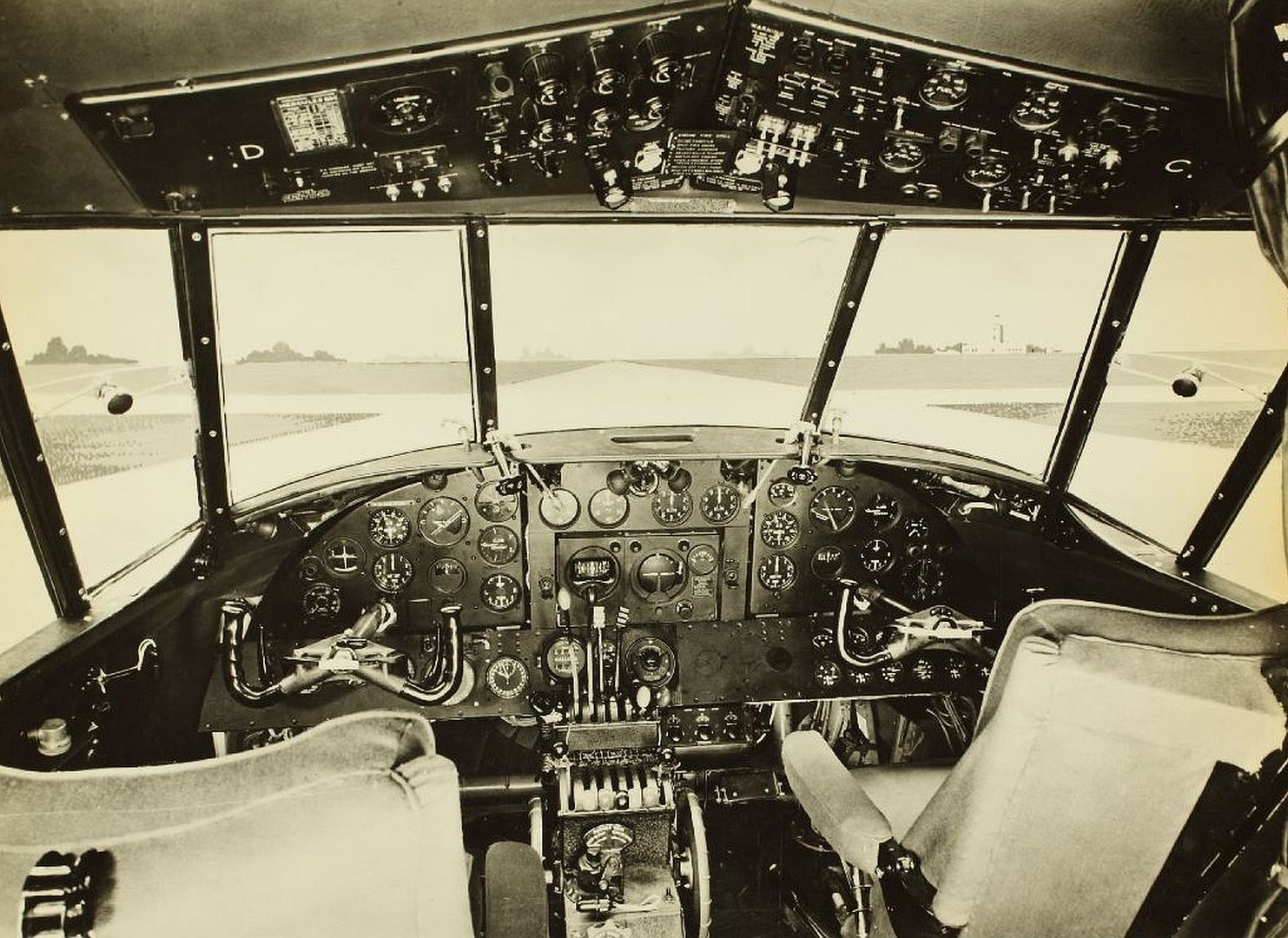
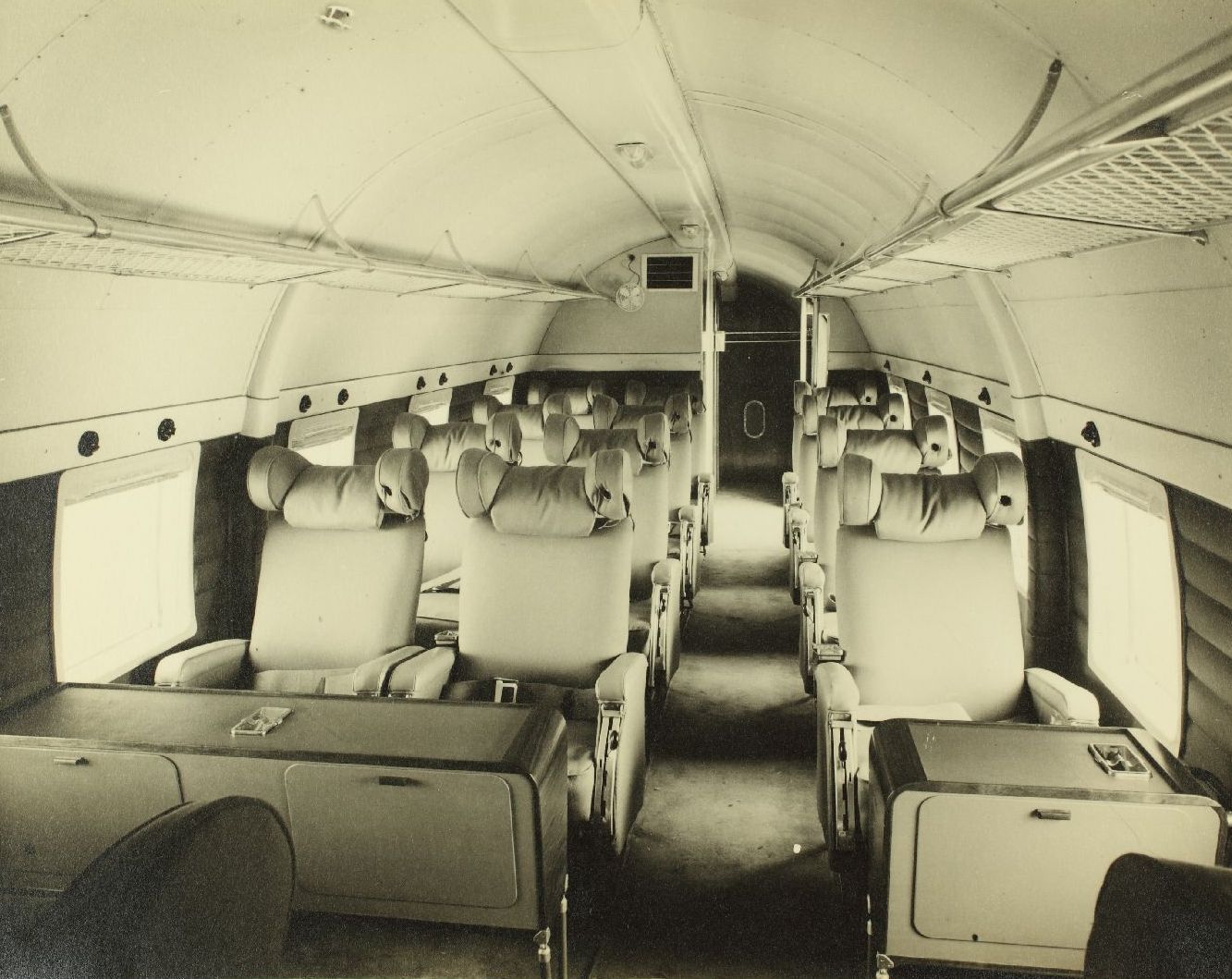
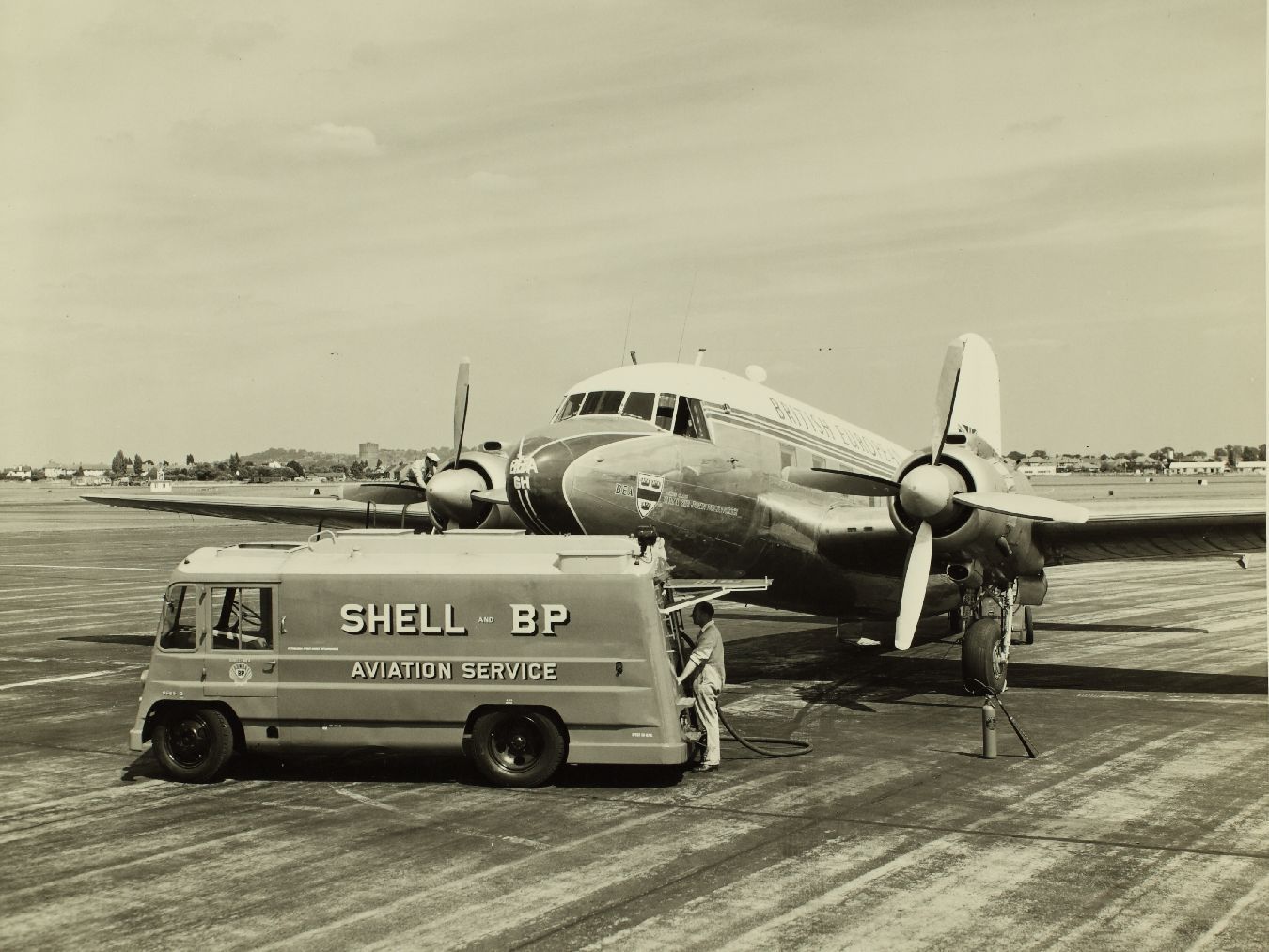
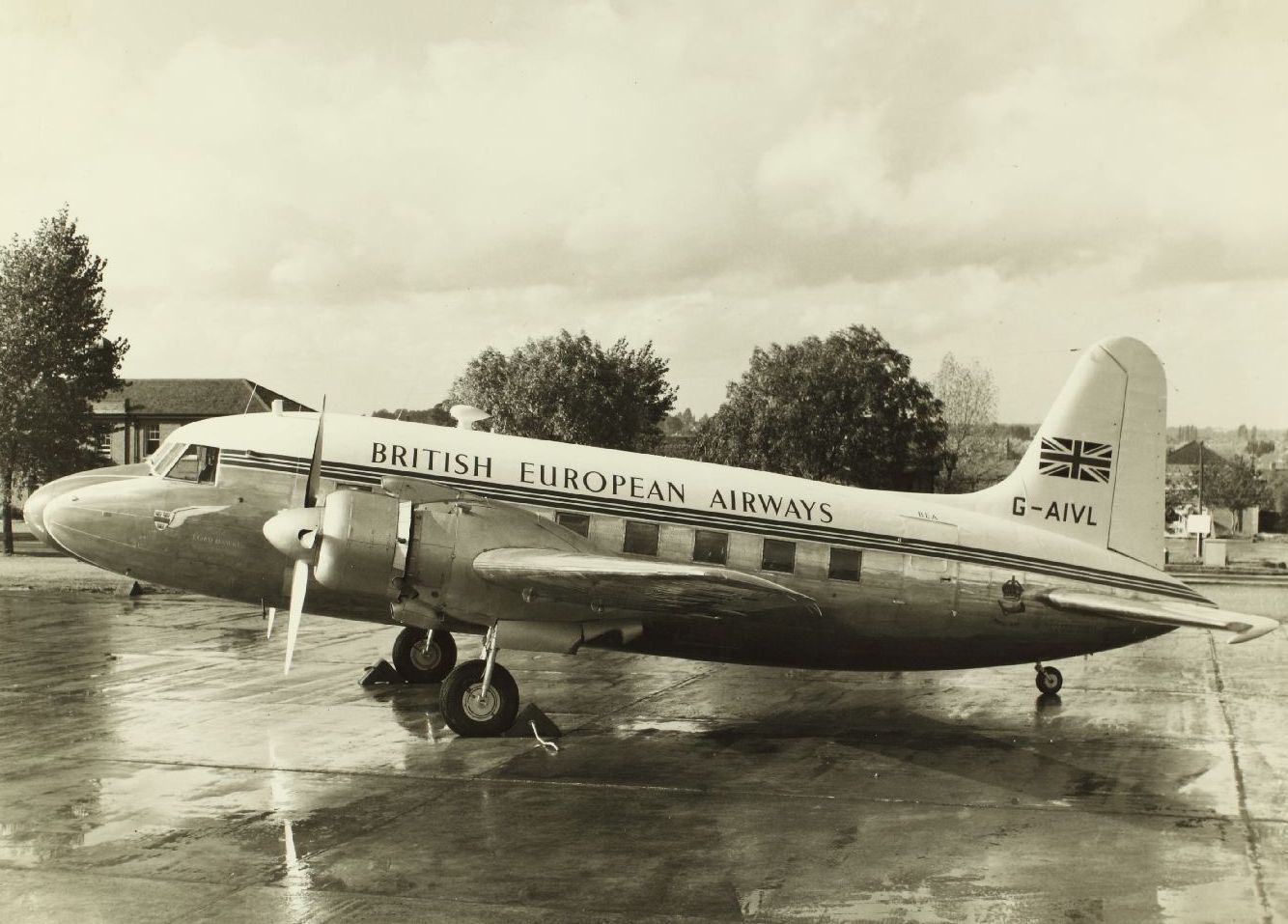

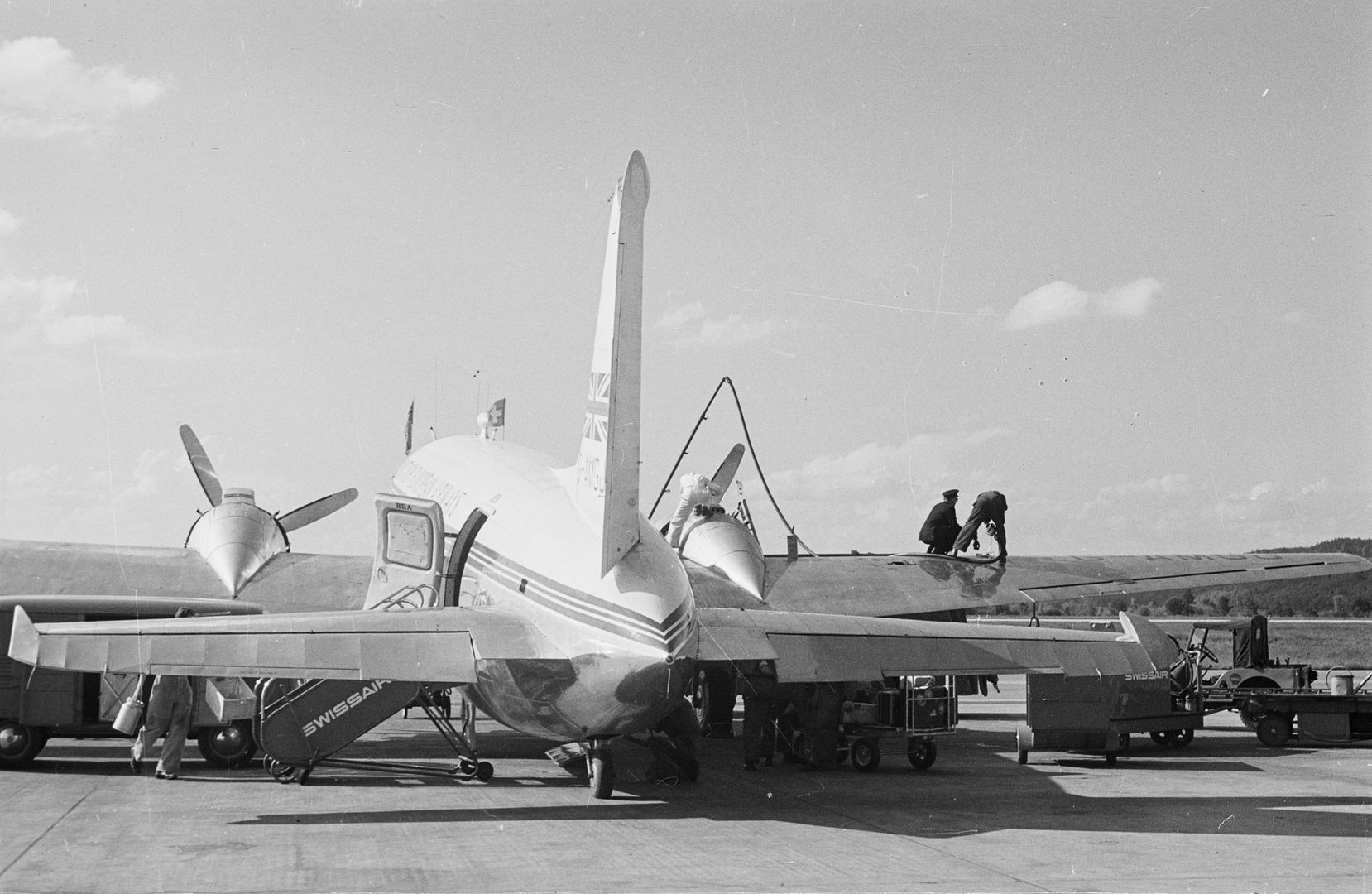

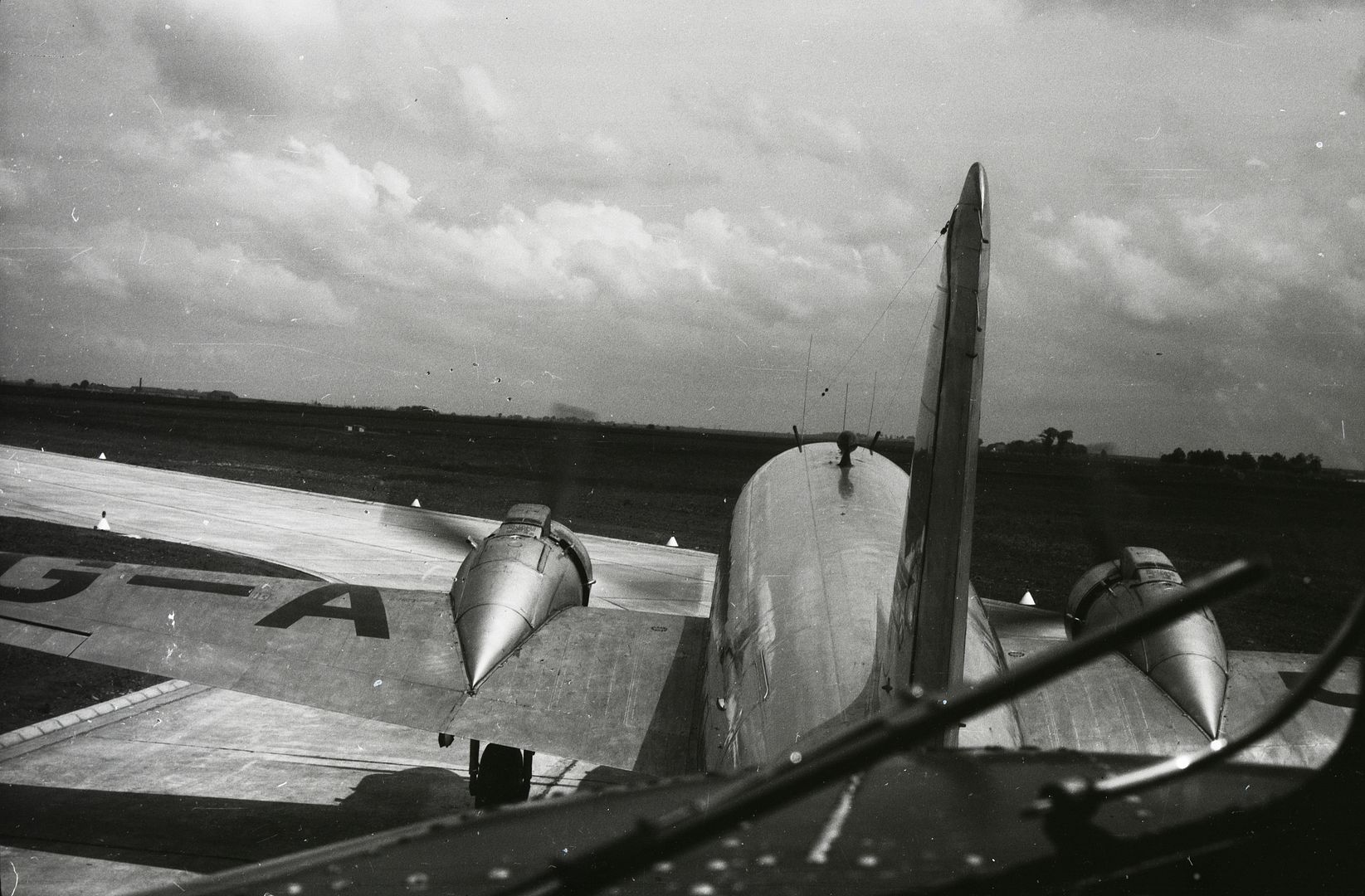

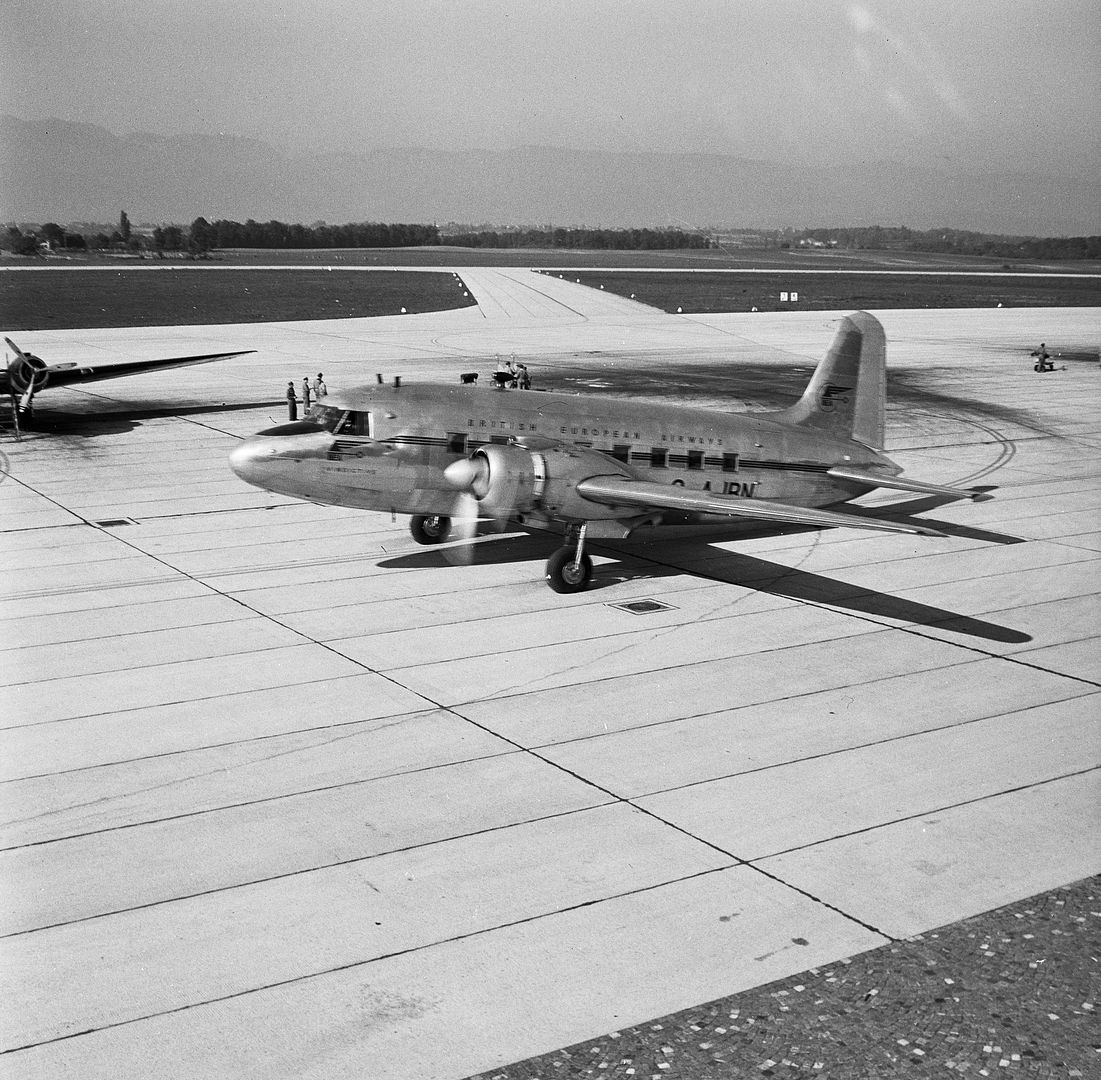
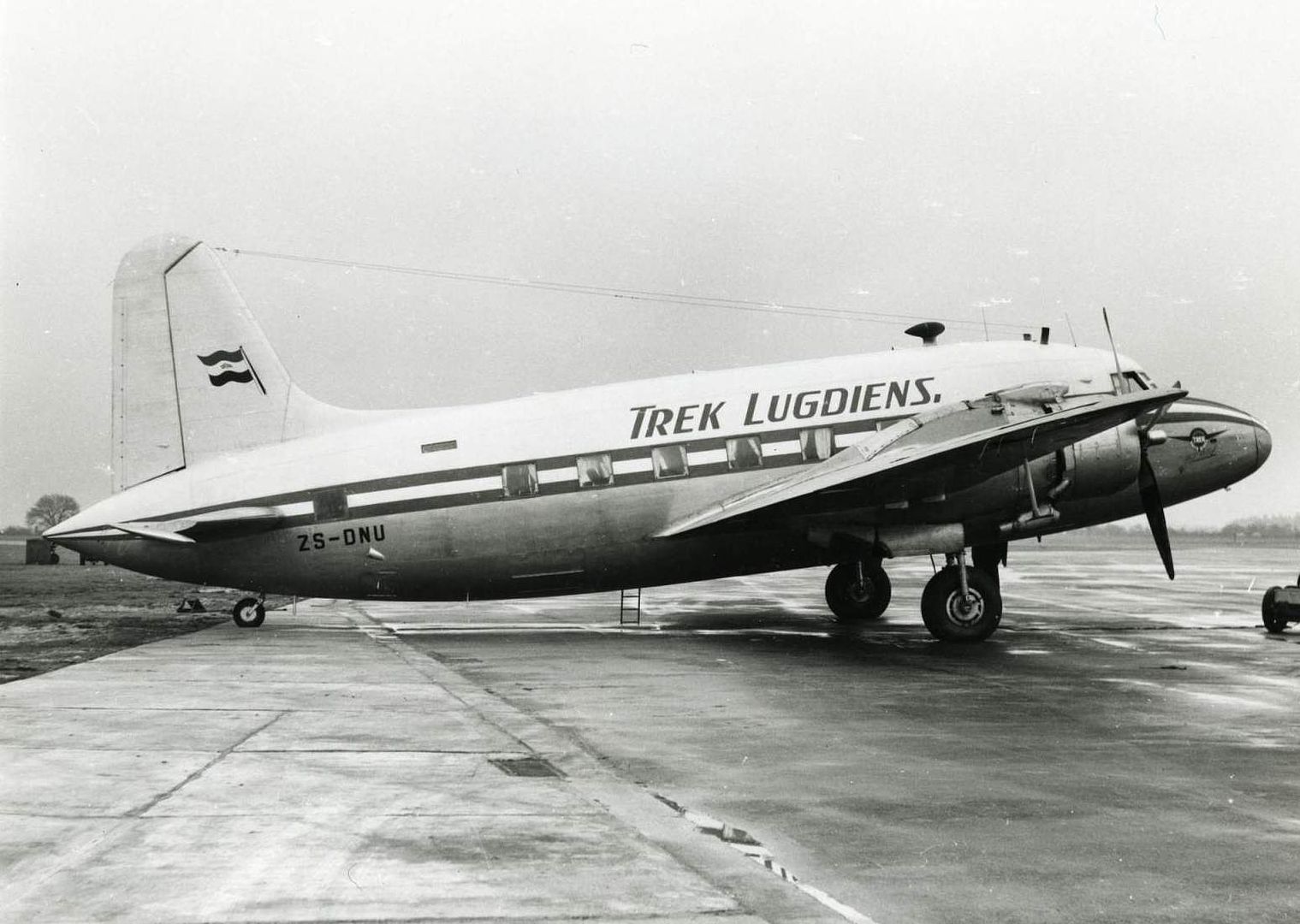
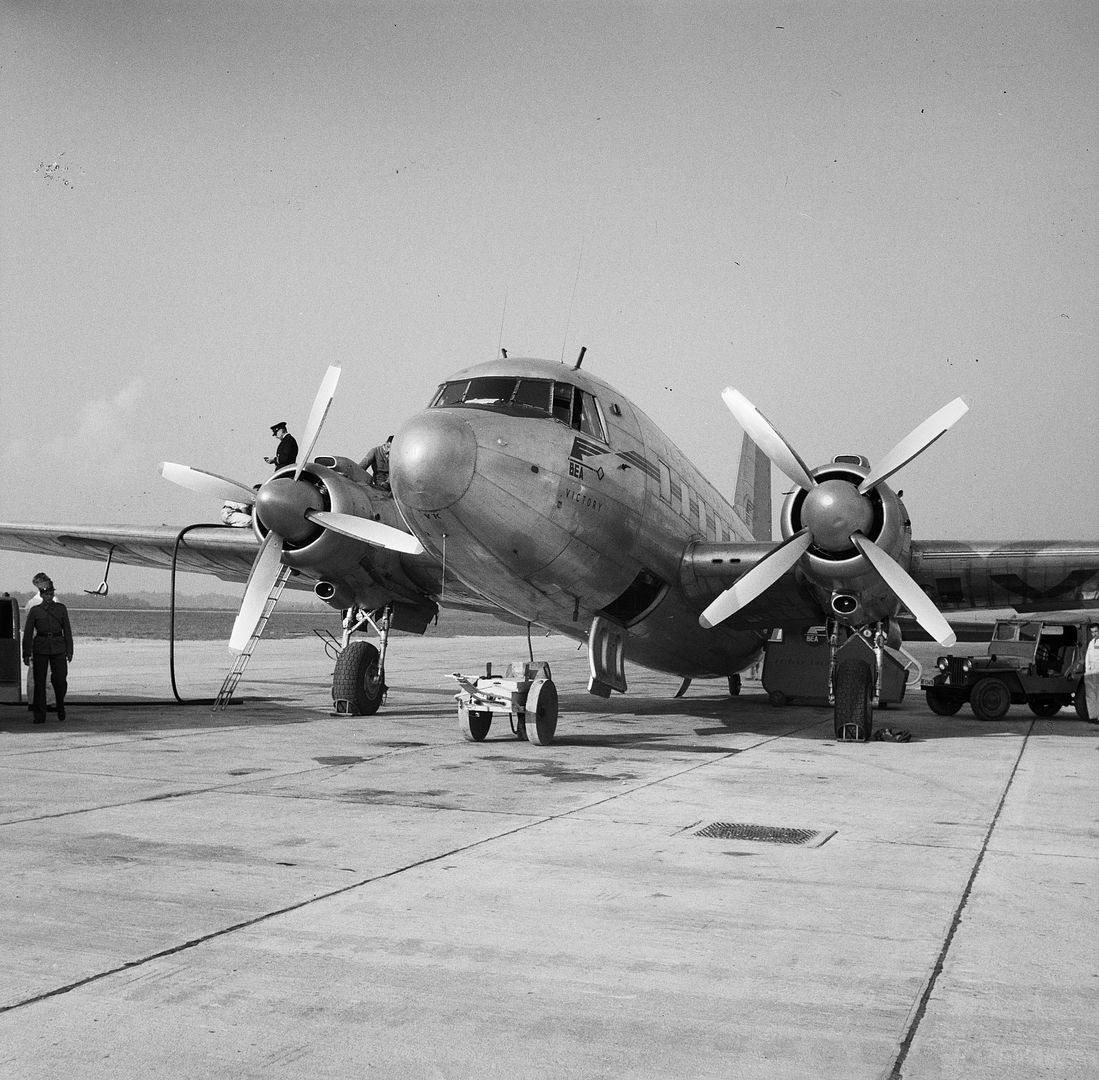

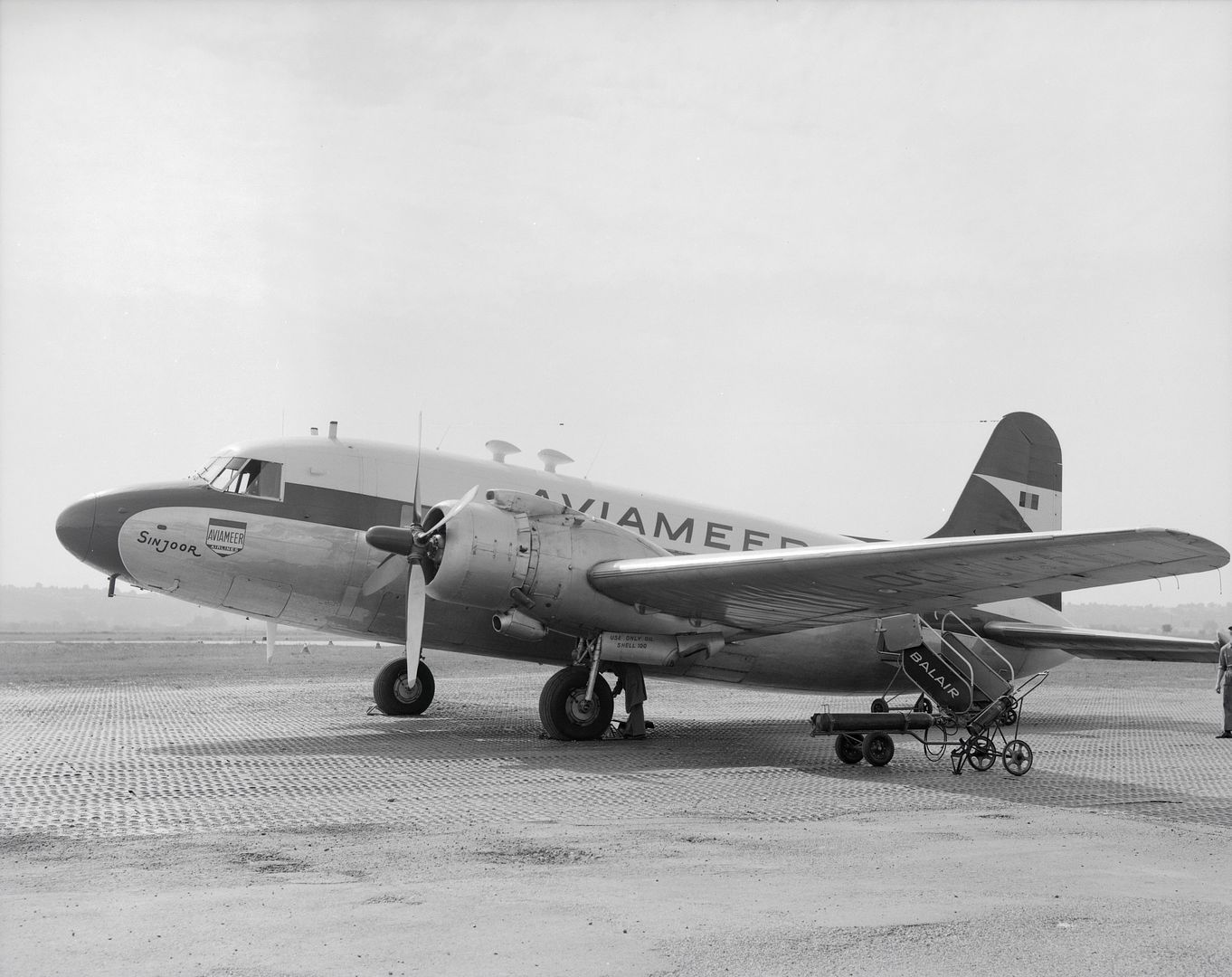
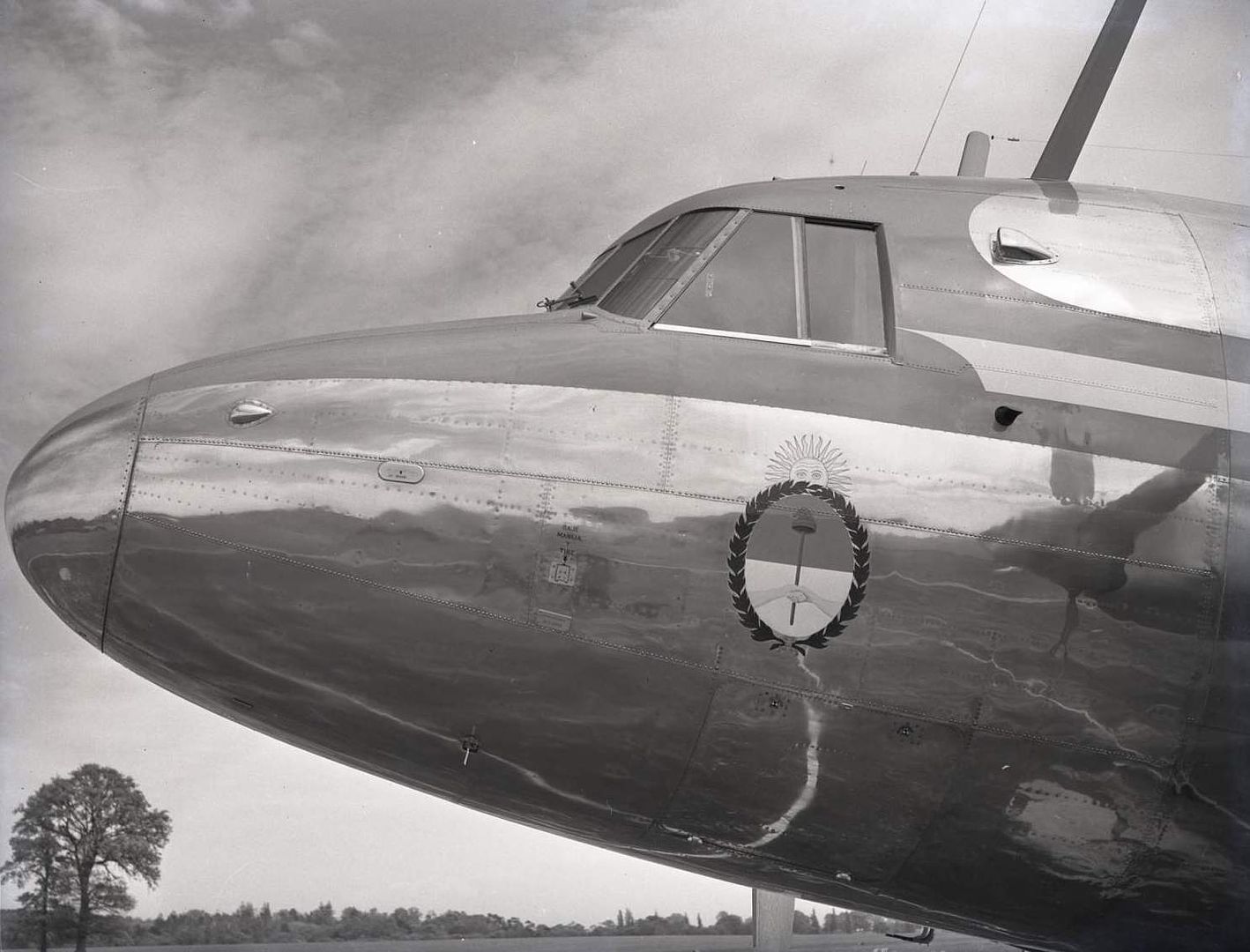
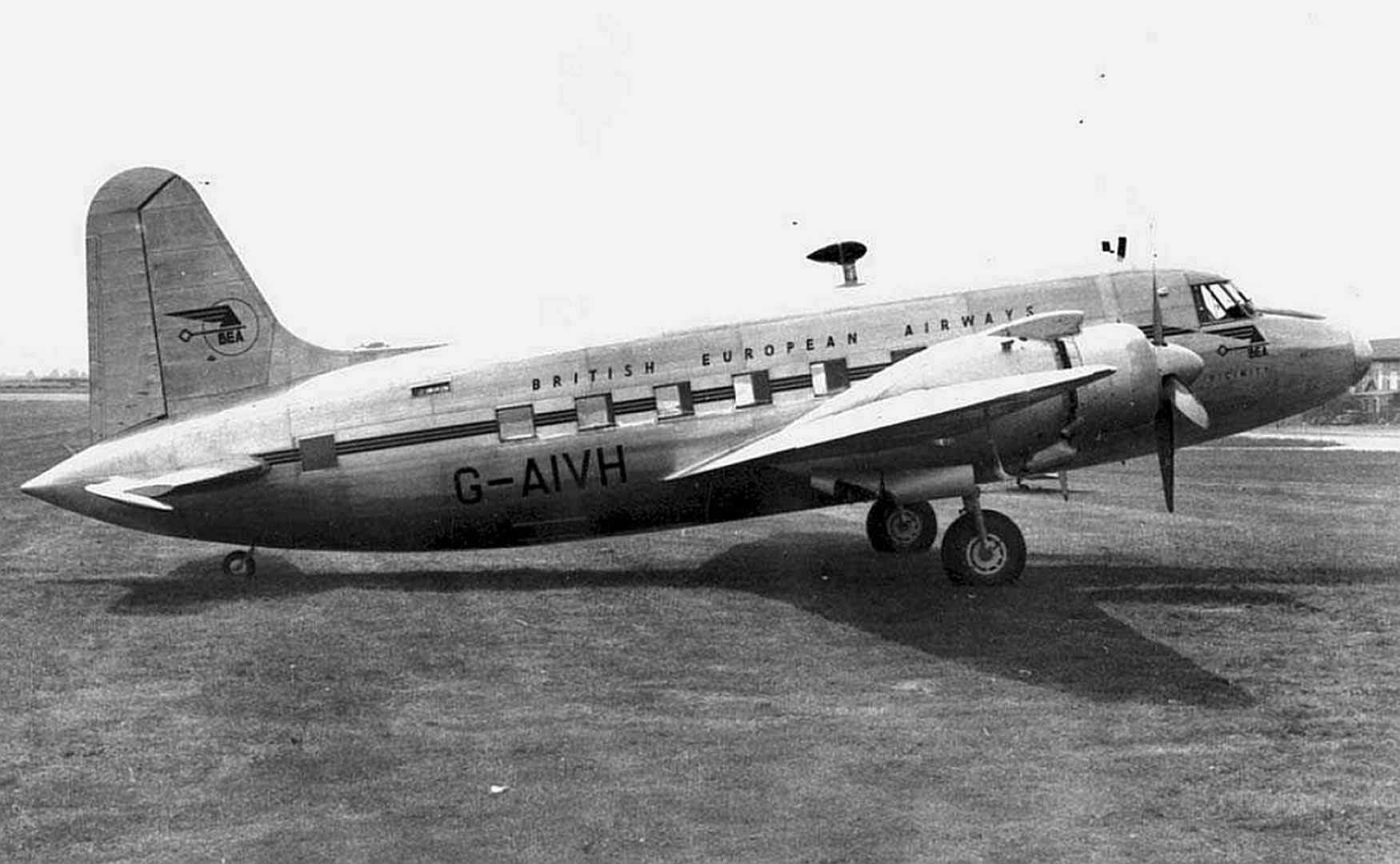
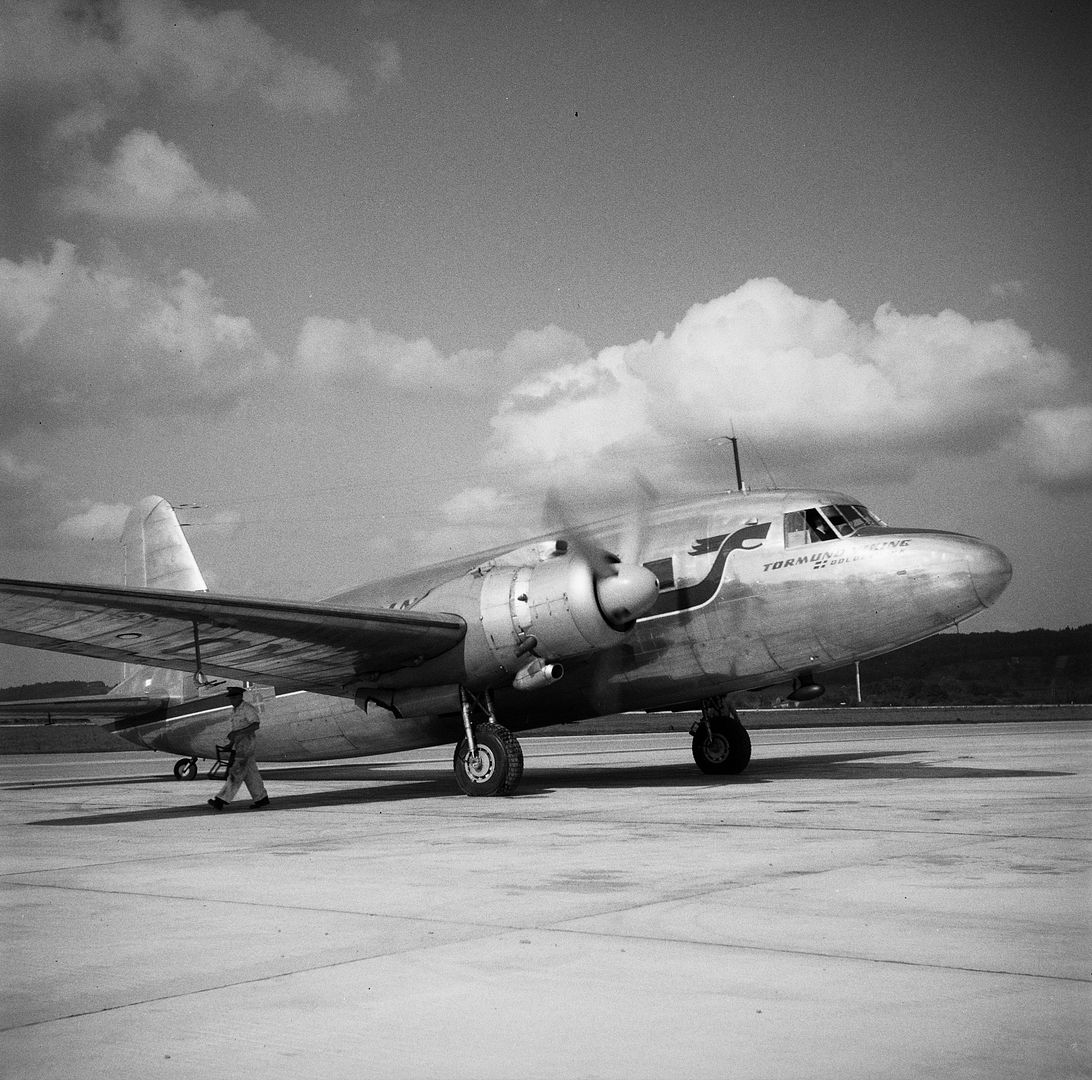
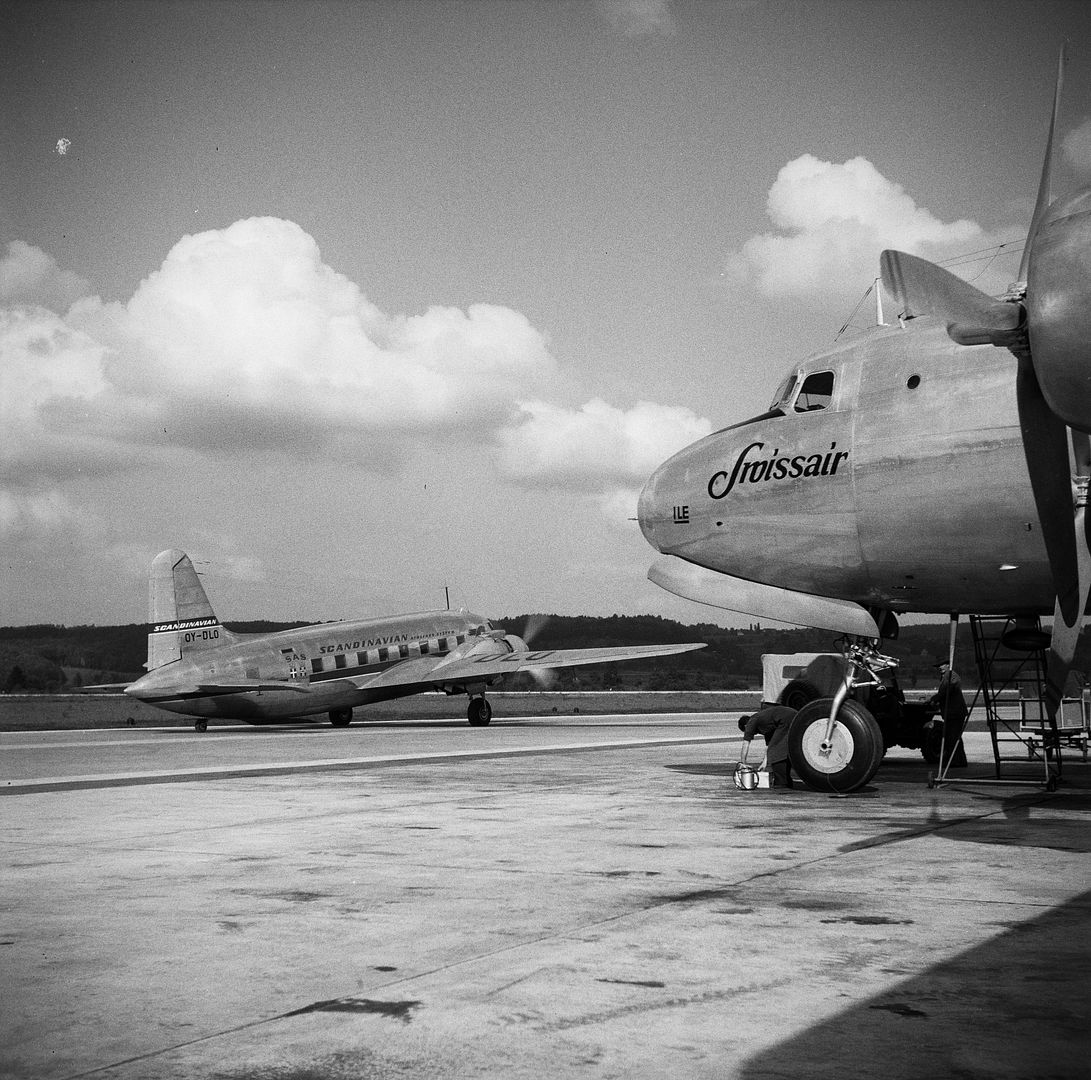
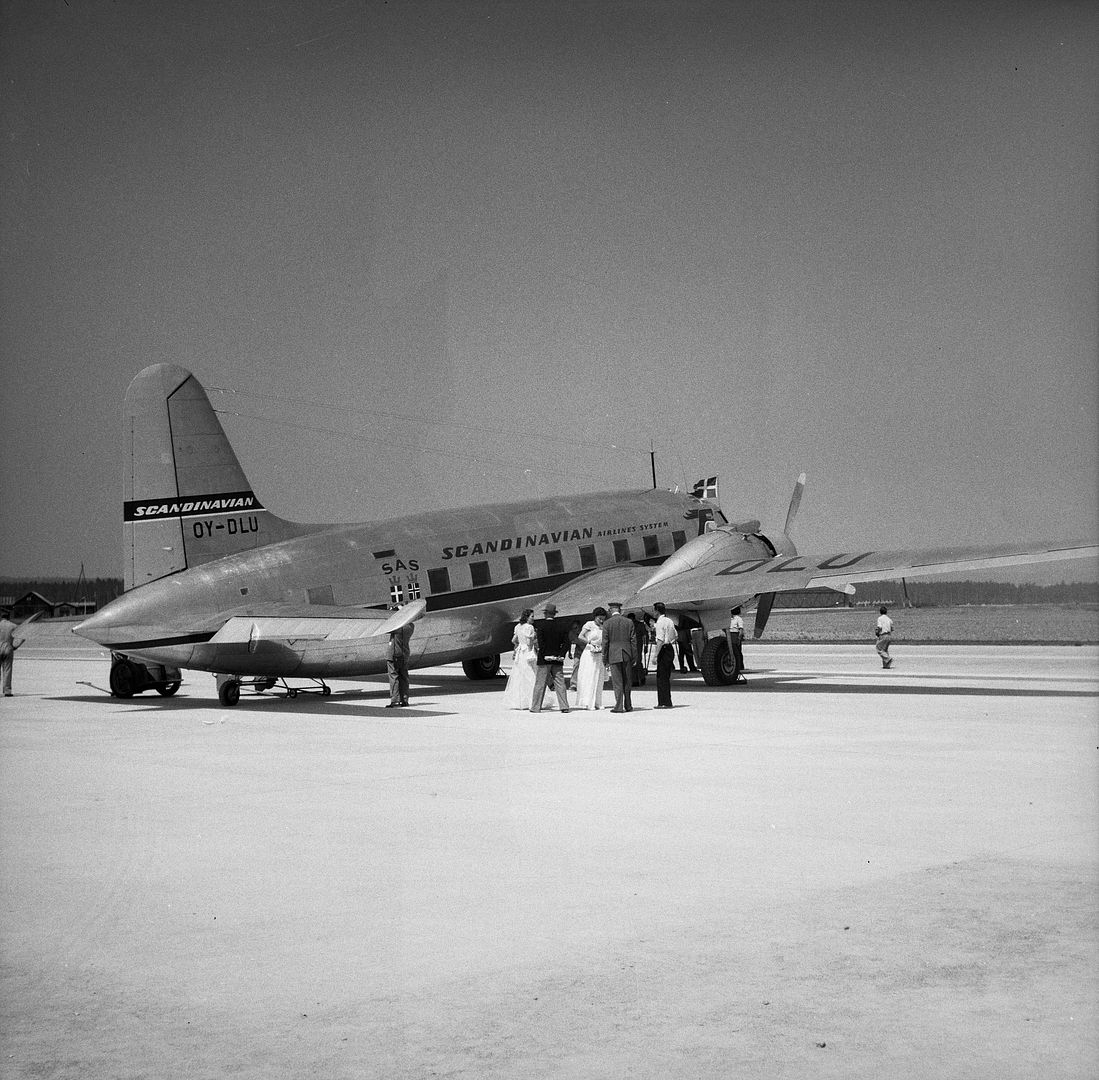
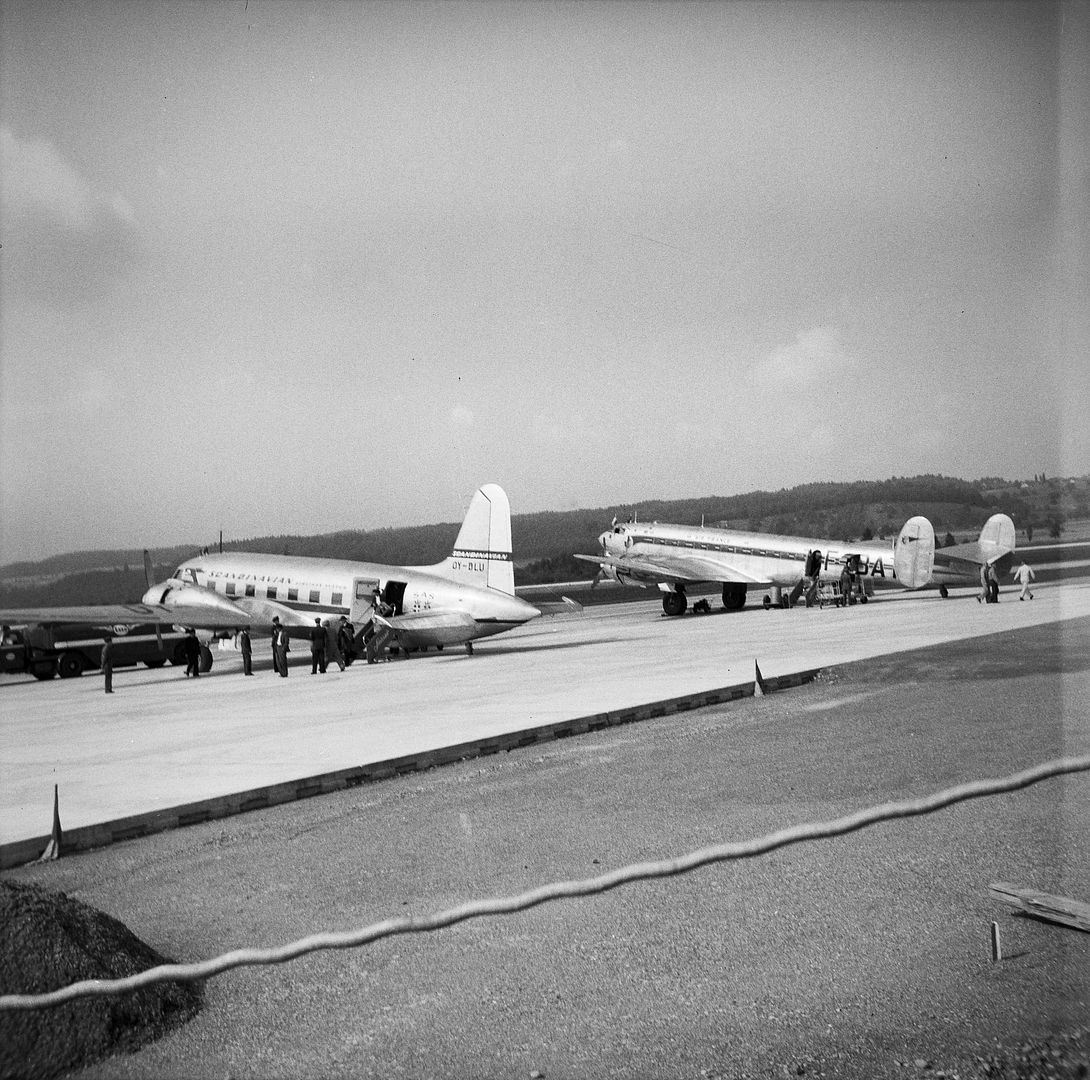

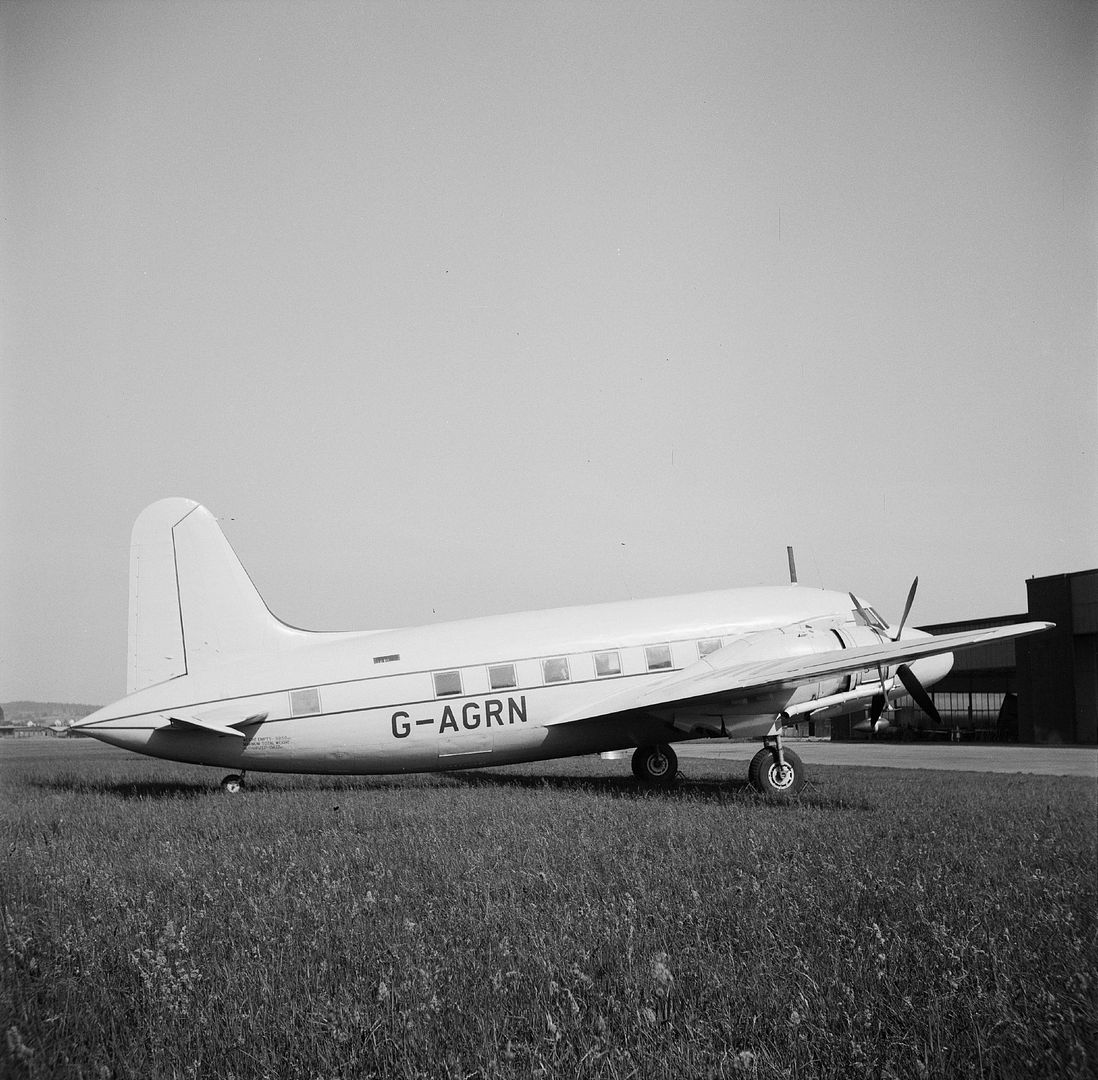
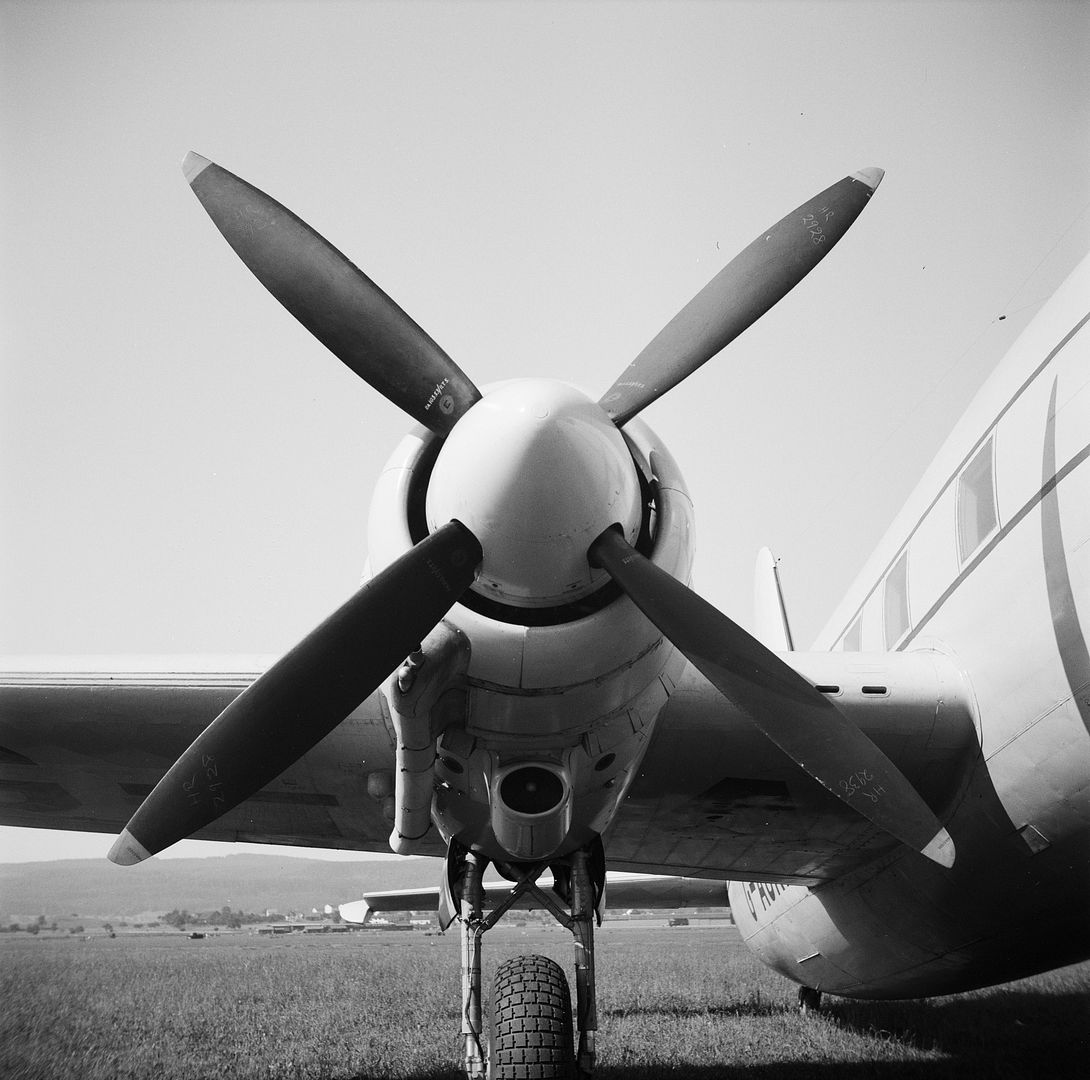
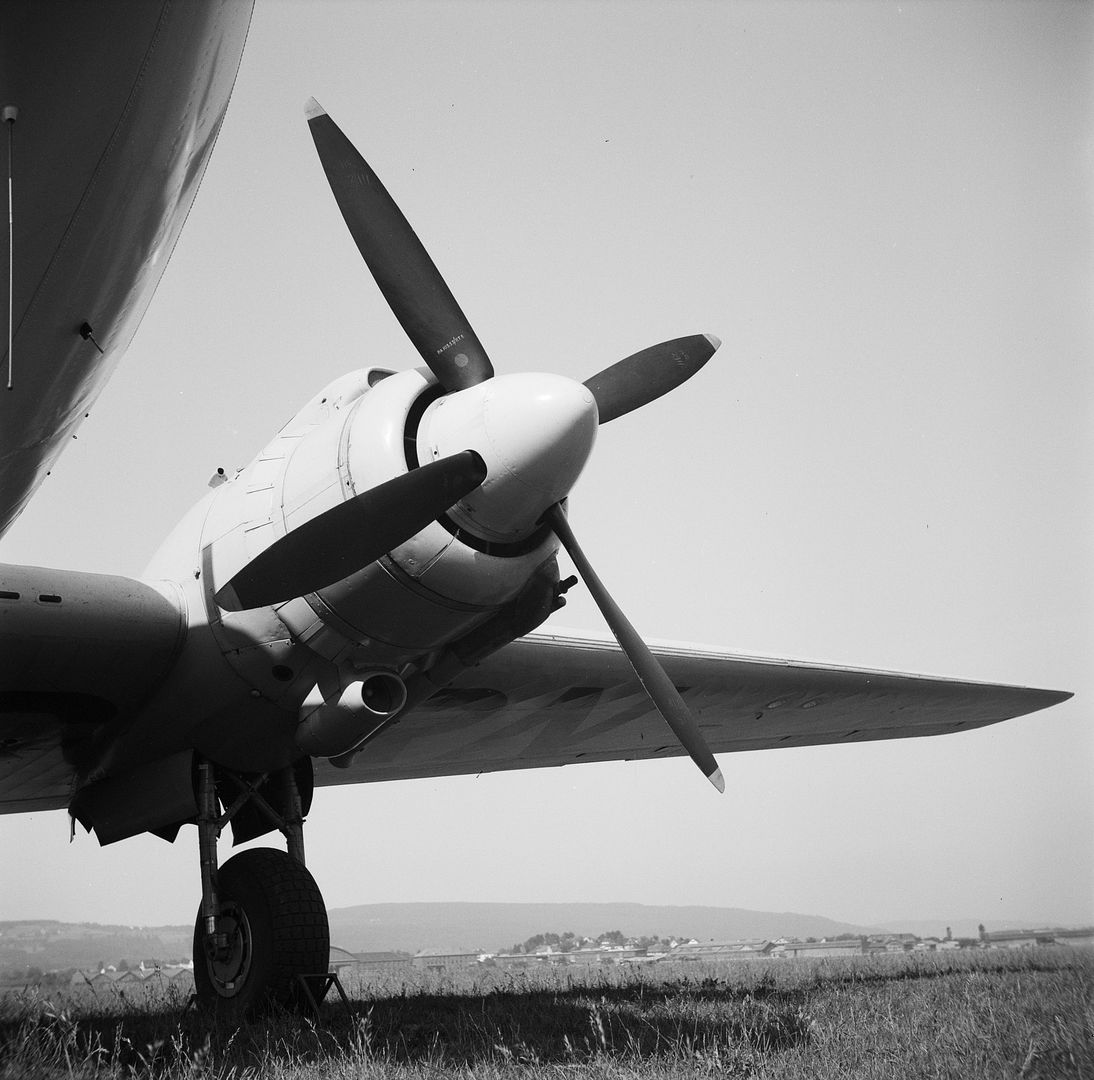
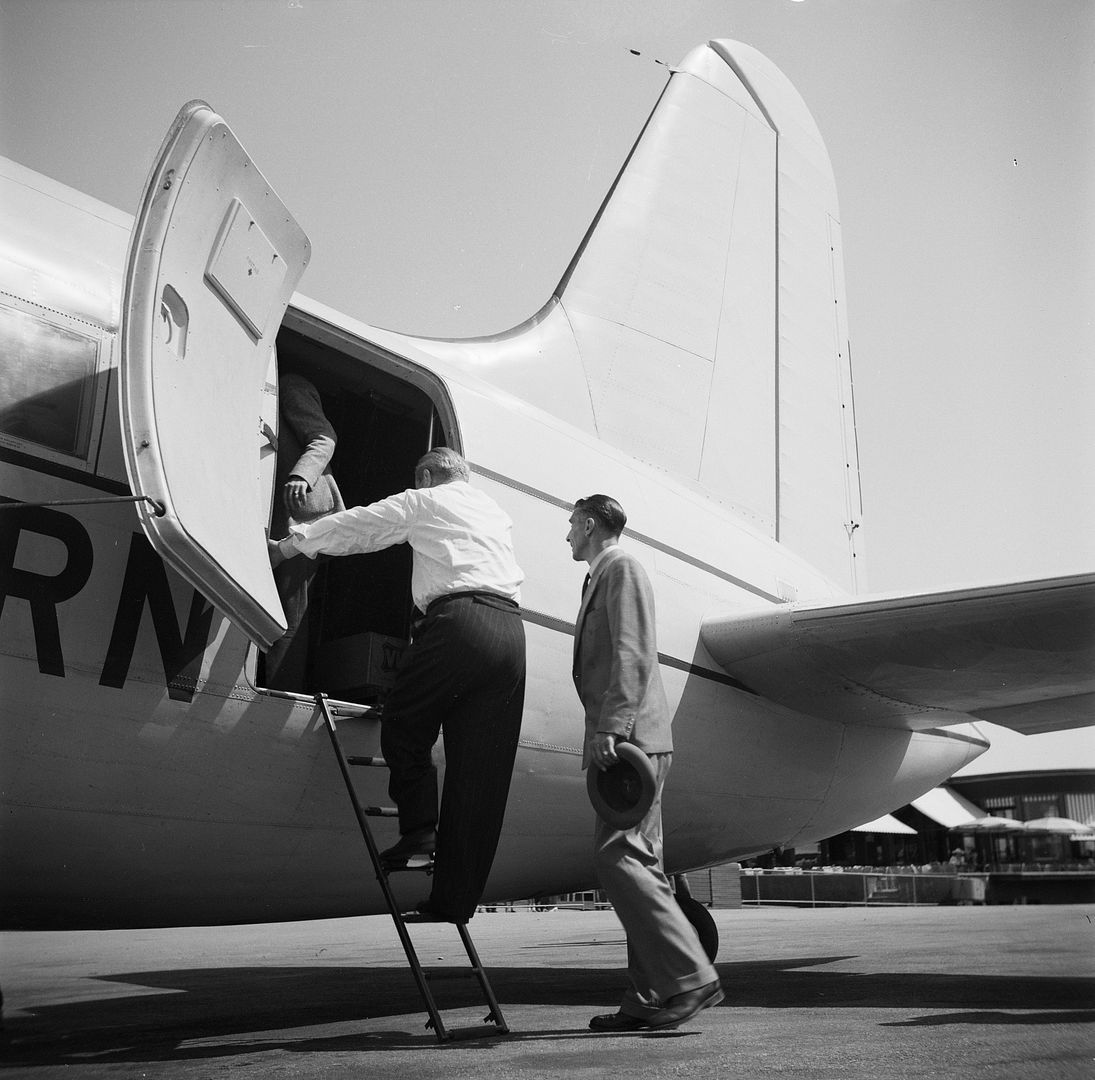
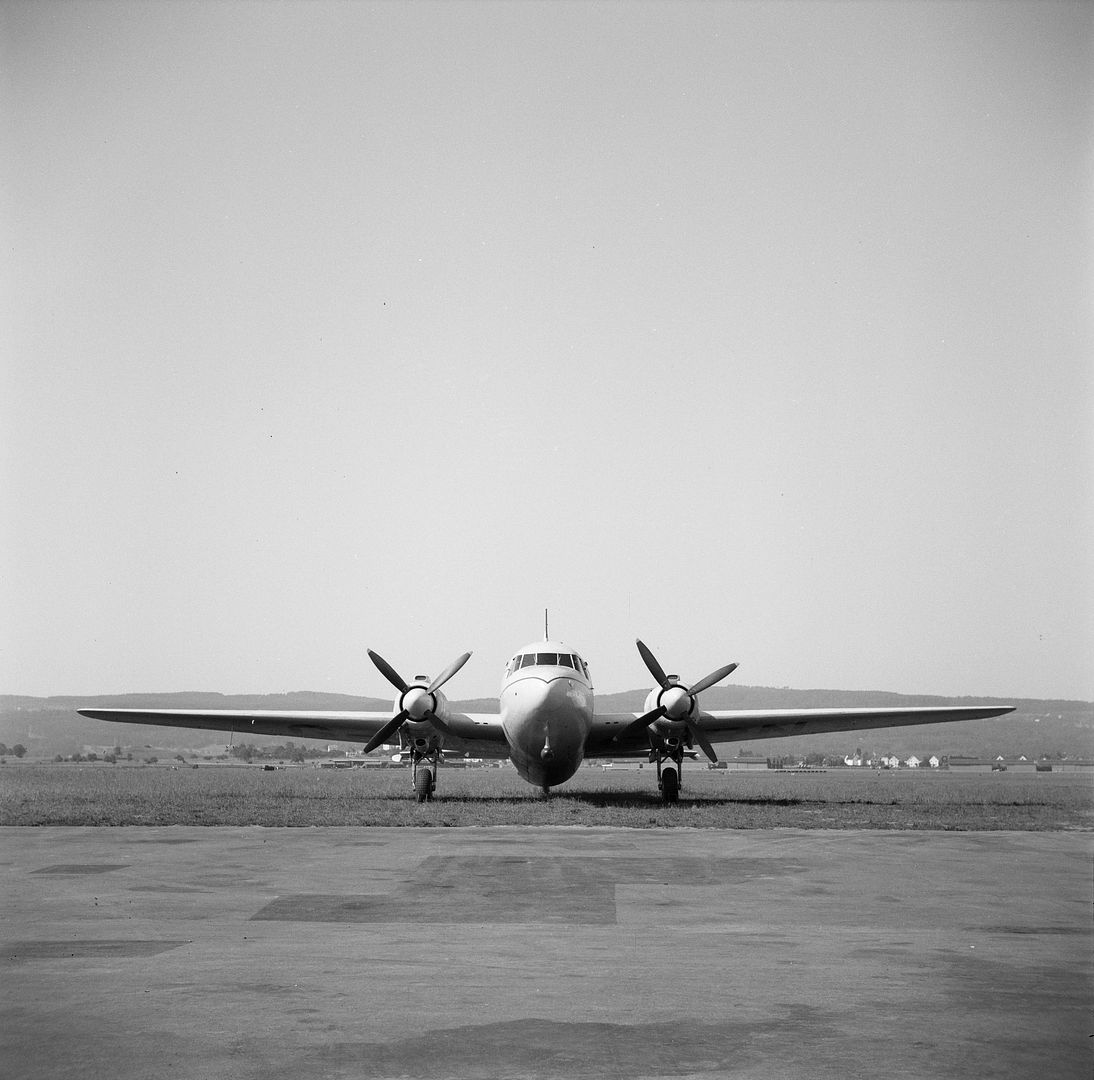
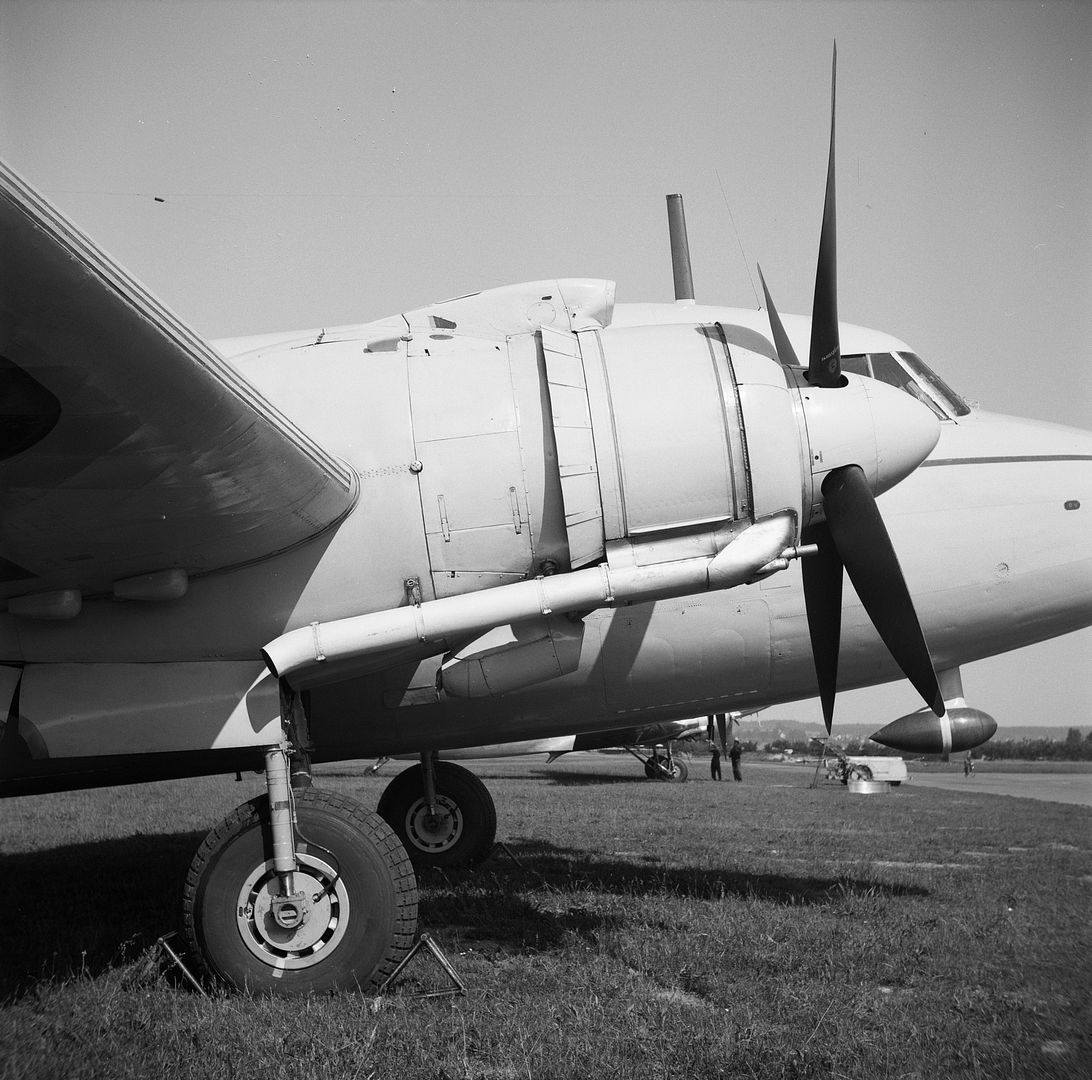
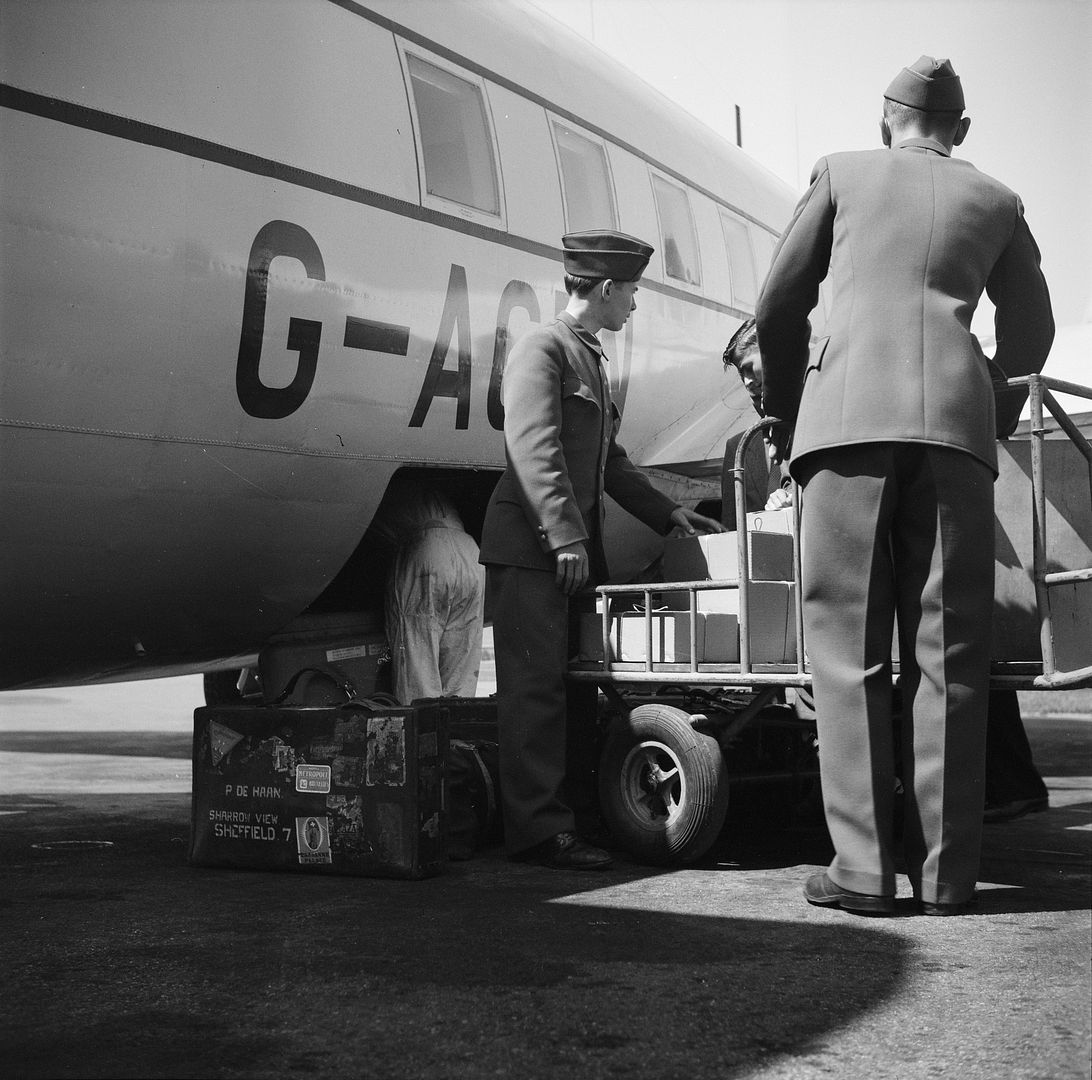
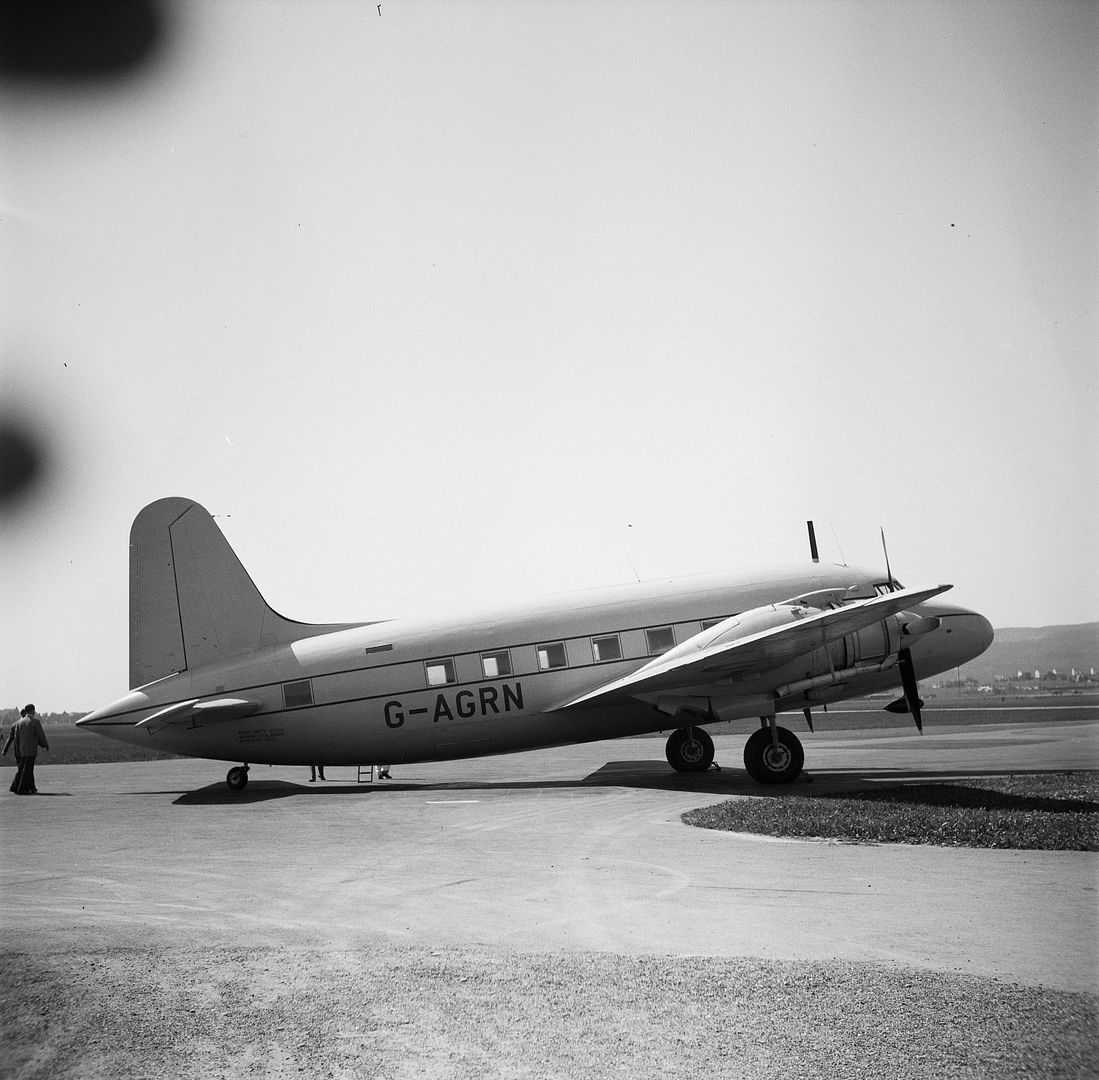
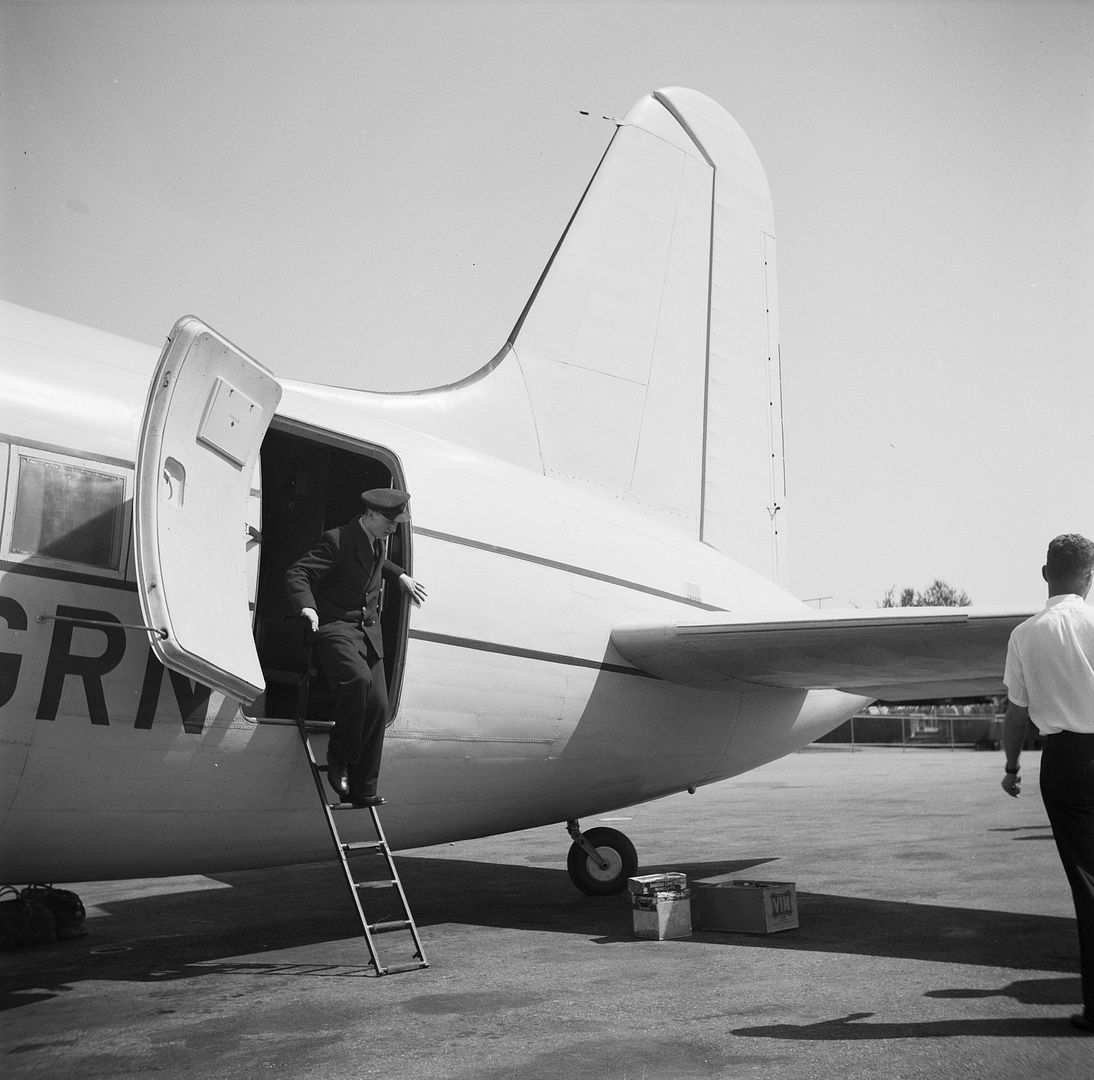
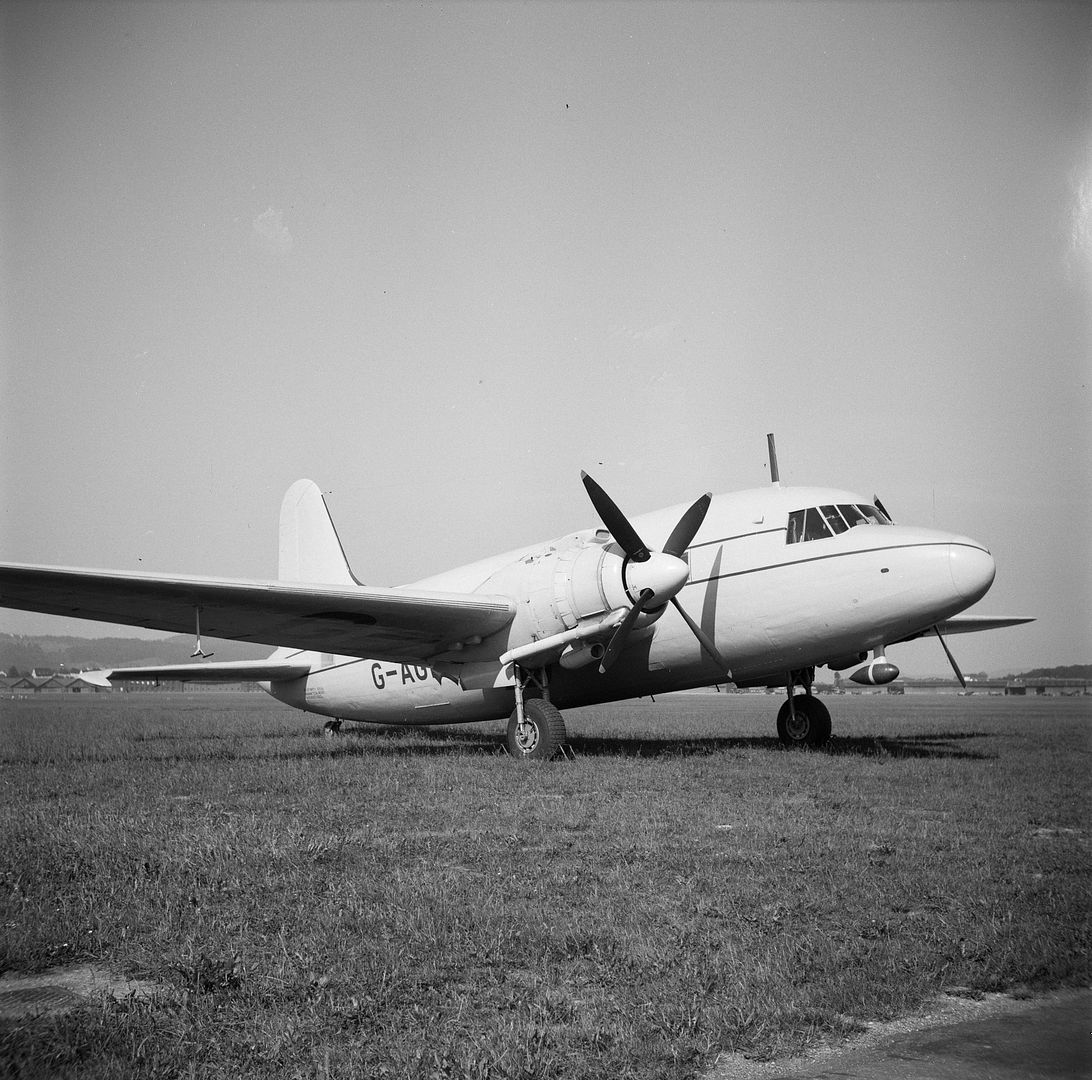
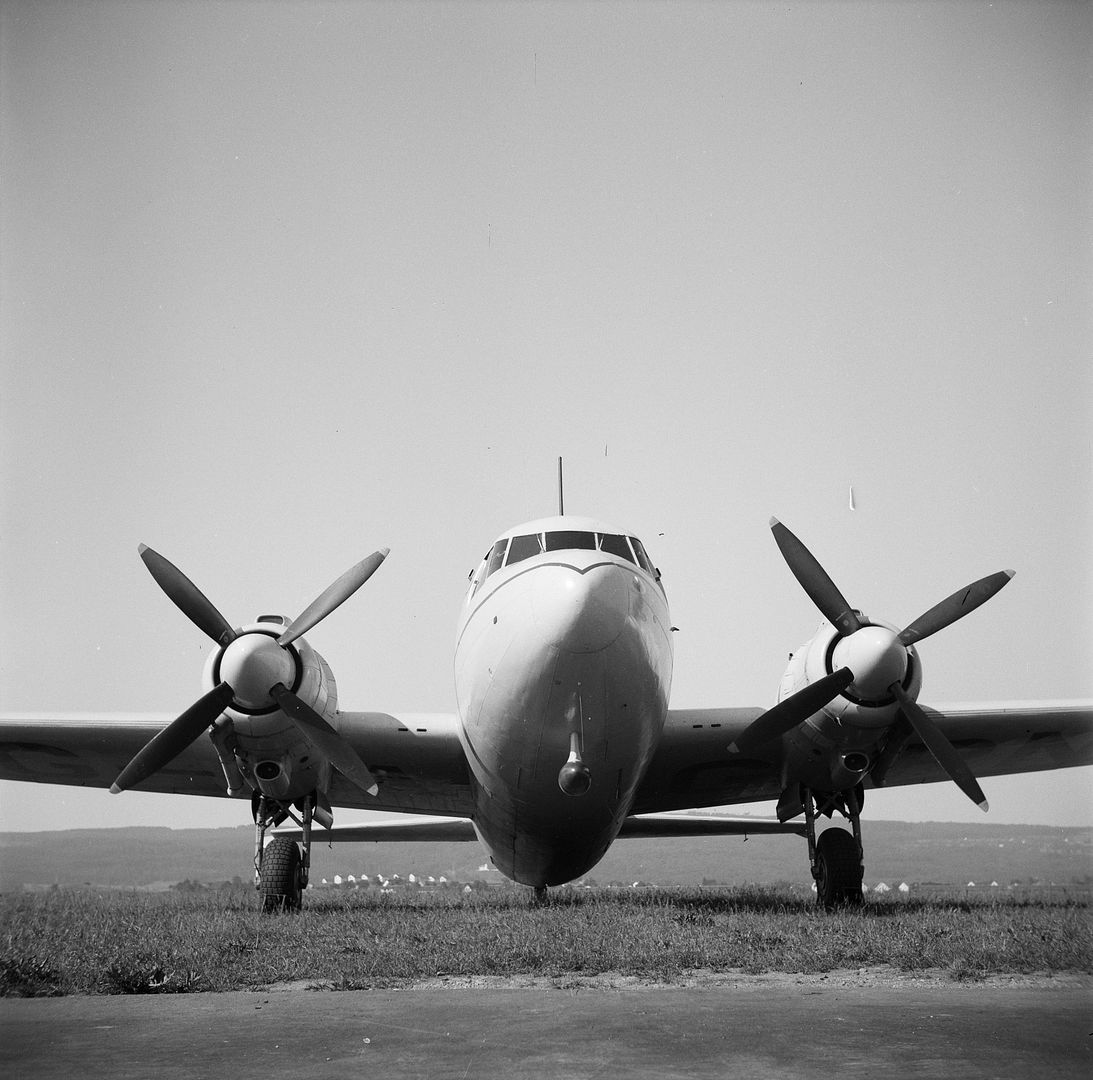
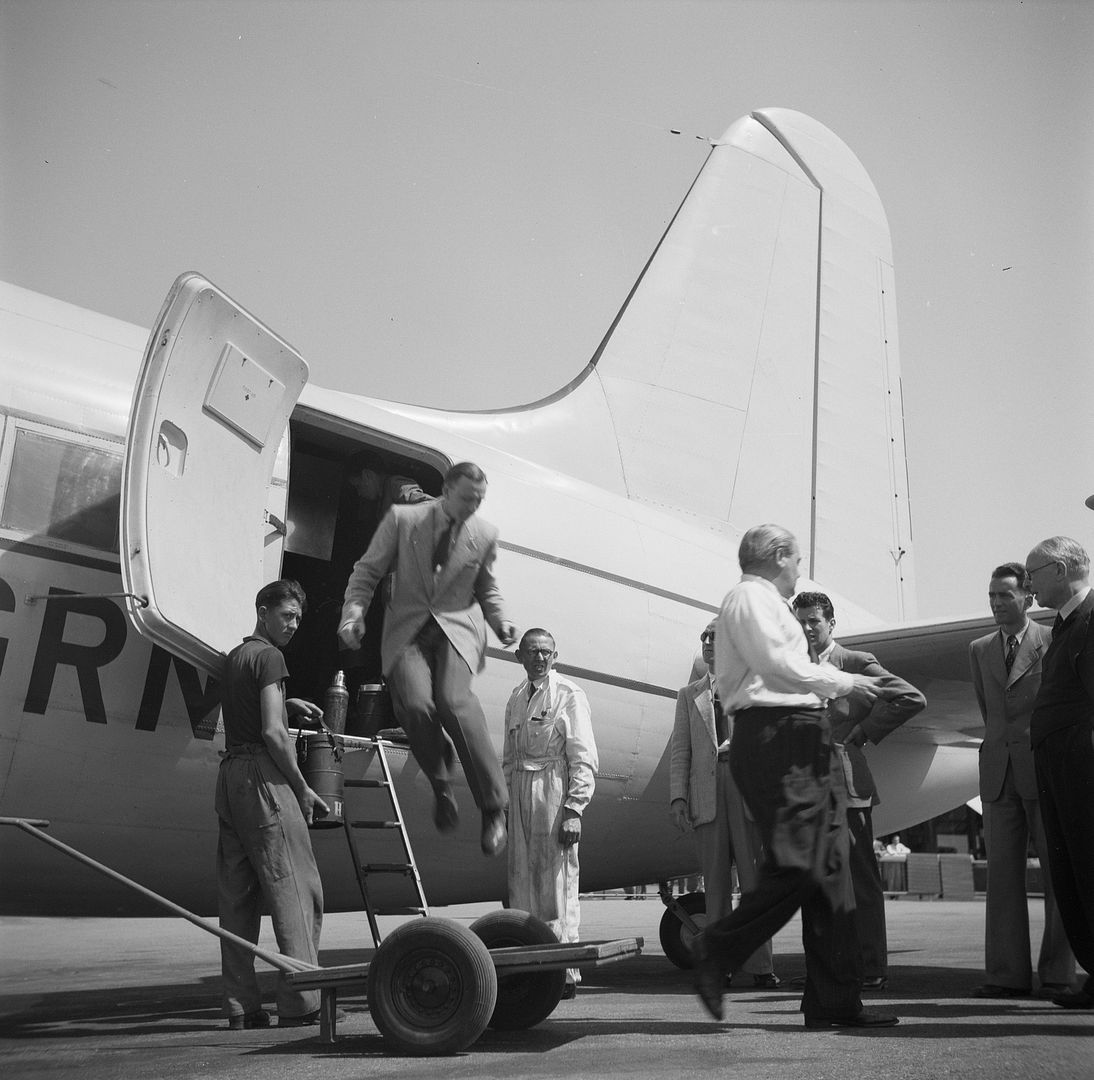

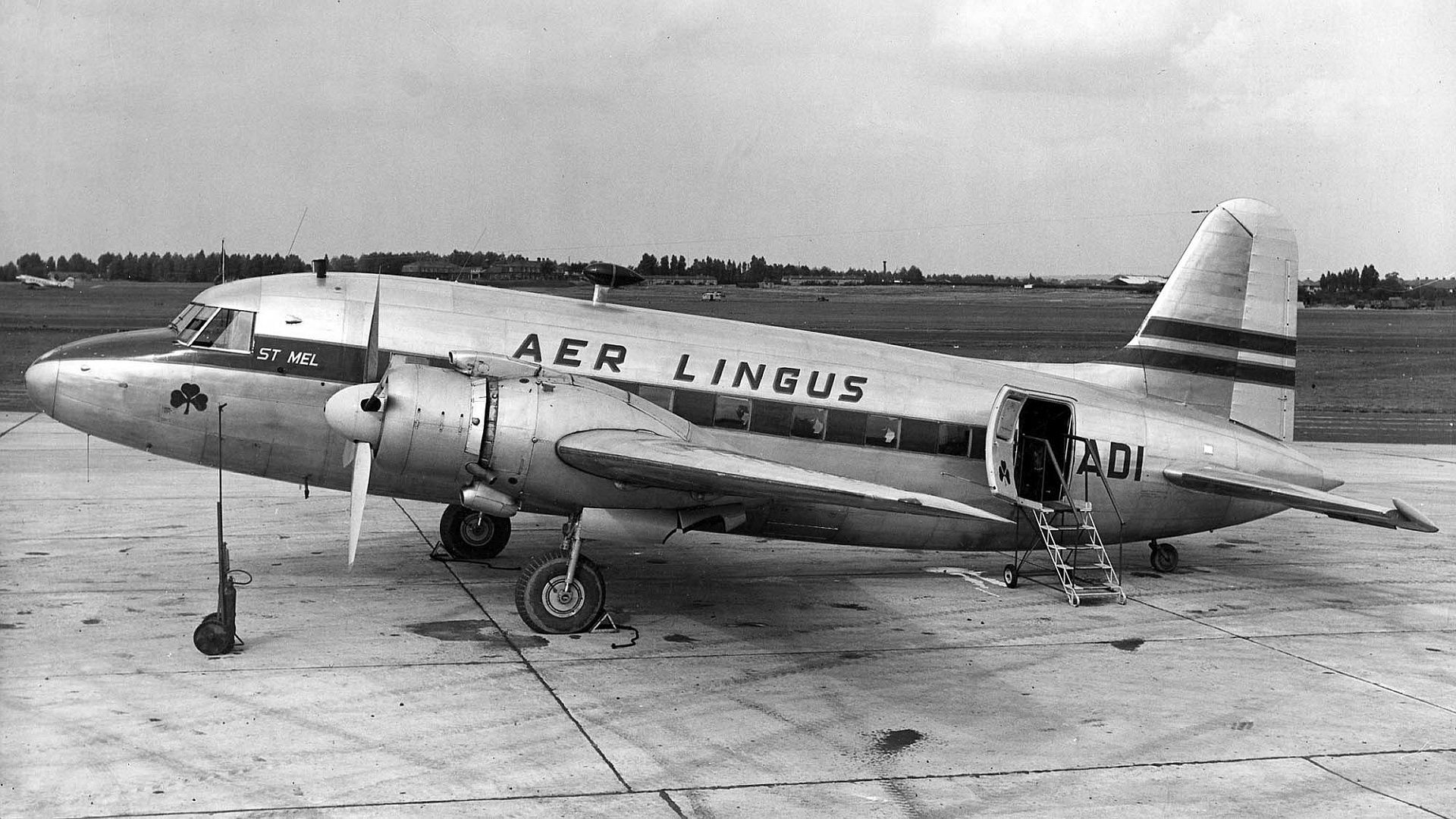
Below Type 618 Nene-Viking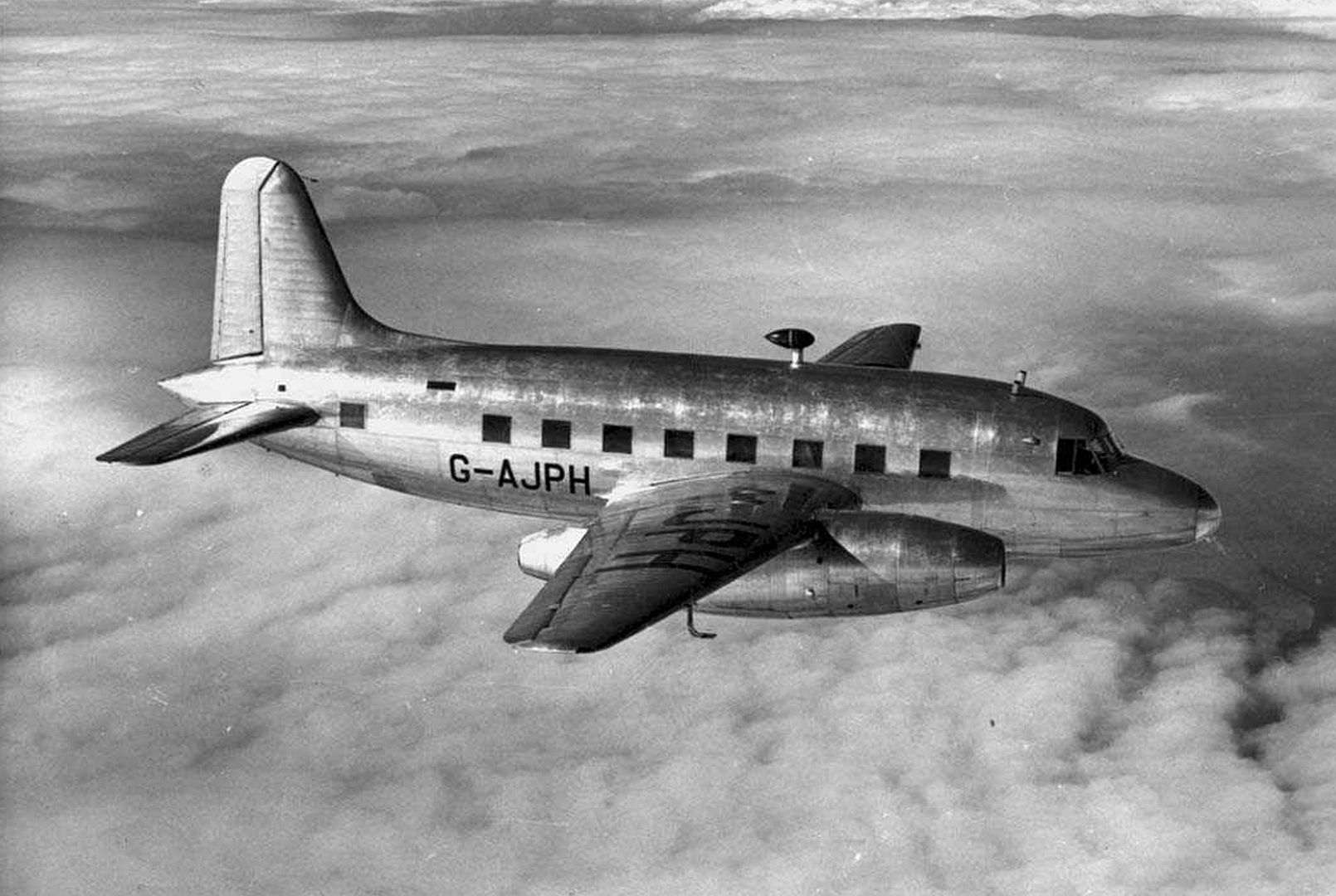
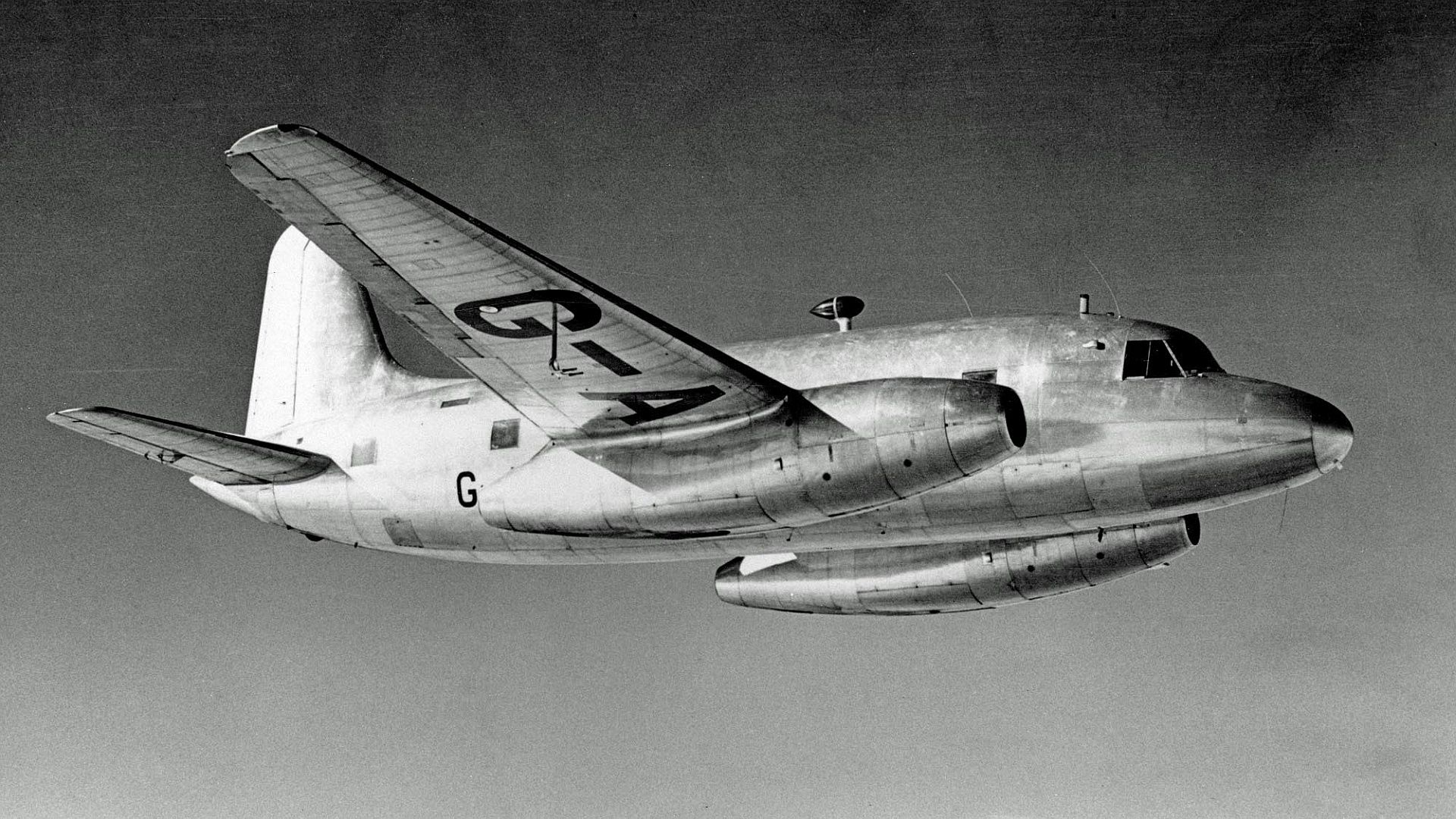
General characteristics
Crew: Two pilots
Capacity: 36 passengers
Length: 65 ft 2 in (19.86 m)
Wingspan: 89 ft 3 in (27.20 m)
Height: 19 ft 7 in (5.97 m)
Wing area: 882 ft? (82.0 m?)
Empty weight: 23,000 lb (10,430 kg)
Max. takeoff weight: 34,000 lb (15,420 kg)
Powerplant: 2 ? Bristol Hercules 634 14-cylinder two-row radial engine, 1,690 hp (1,260 kW) each
Performance
Maximum speed: 263 mph (229 kn, 423 km/h)
Cruise speed: 210 mph (183 kn, 338 km/h)
Range: 1,700 mi (1,478 nmi, 2,740 km)
Service ceiling: 25,000 ft (7,600 m)
Rate of climb: 1,500 ft/min (7.6 m/s)
Wing loading: 38.5 lb/ft? (127 kg/m?)
Power/mass: 0.099 hp/lb (0.16 kW/kg)
Take-off distance to 50 ft (15 m): 2,550 ft (777 m)
Landing distance from 50 ft (15 m): 3900 ft (1,189 m)
Post a reply
- Go to Previous topic
- Go to Next topic
- Go to Welcome
- Go to Introduce Yourself
- Go to General Discussion
- Go to Screenshots, Images and Videos
- Go to Off topic
- Go to Works in Progress
- Go to Skinning Tips / Tutorials
- Go to Skin Requests
- Go to IJAAF Library
- Go to Luftwaffe Library
- Go to RAF Library
- Go to USAAF / USN Library
- Go to Misc Library
- Go to The Ops Room
- Go to Made in Germany
- Go to Campaigns and Missions
- Go to Works in Progress
- Go to Juri's Air-Raid Shelter
- Go to Campaigns and Missions
- Go to Works in Progress
- Go to Skinpacks
- Go to External Projects Discussion
- Go to Books & Resources
